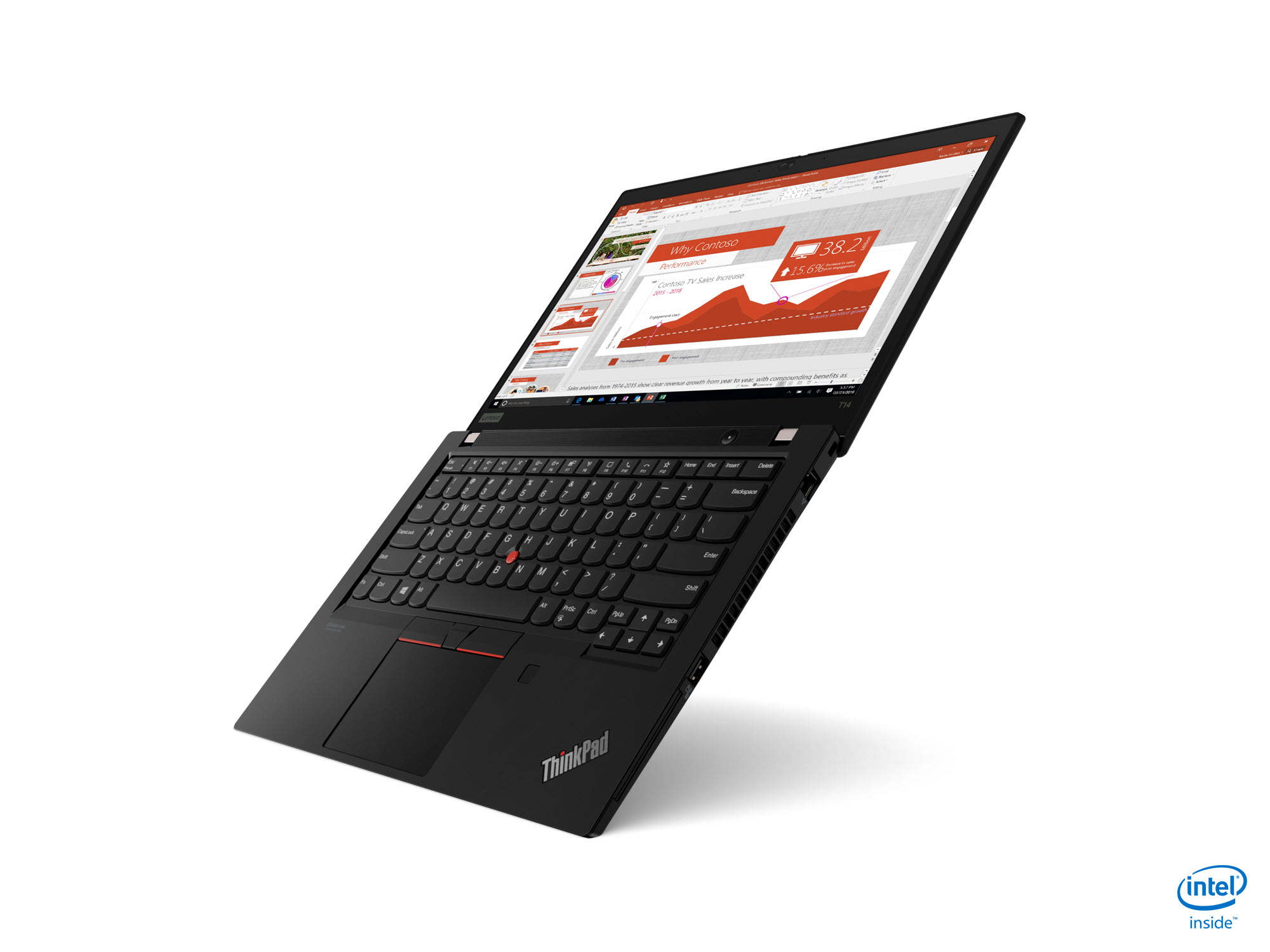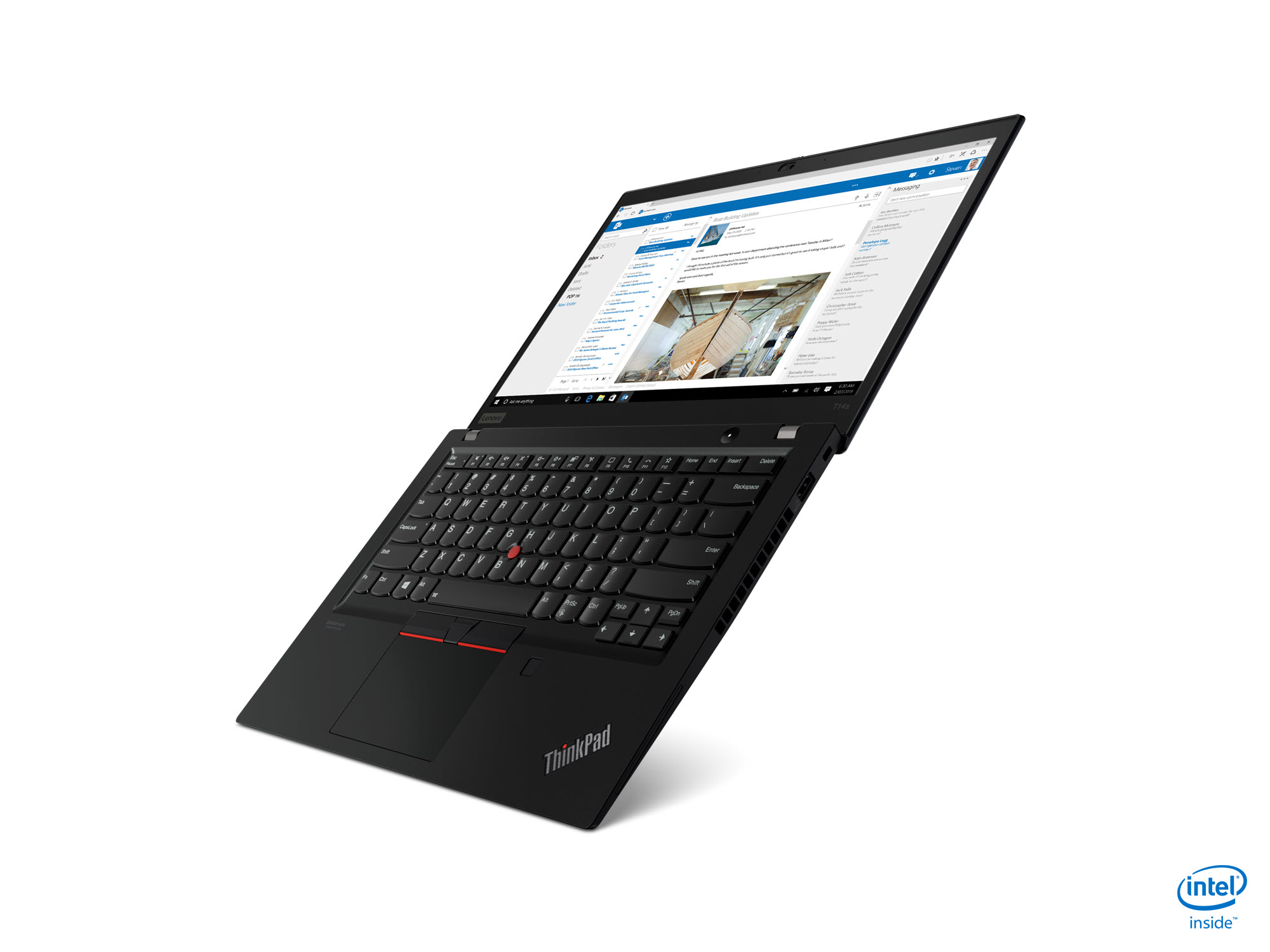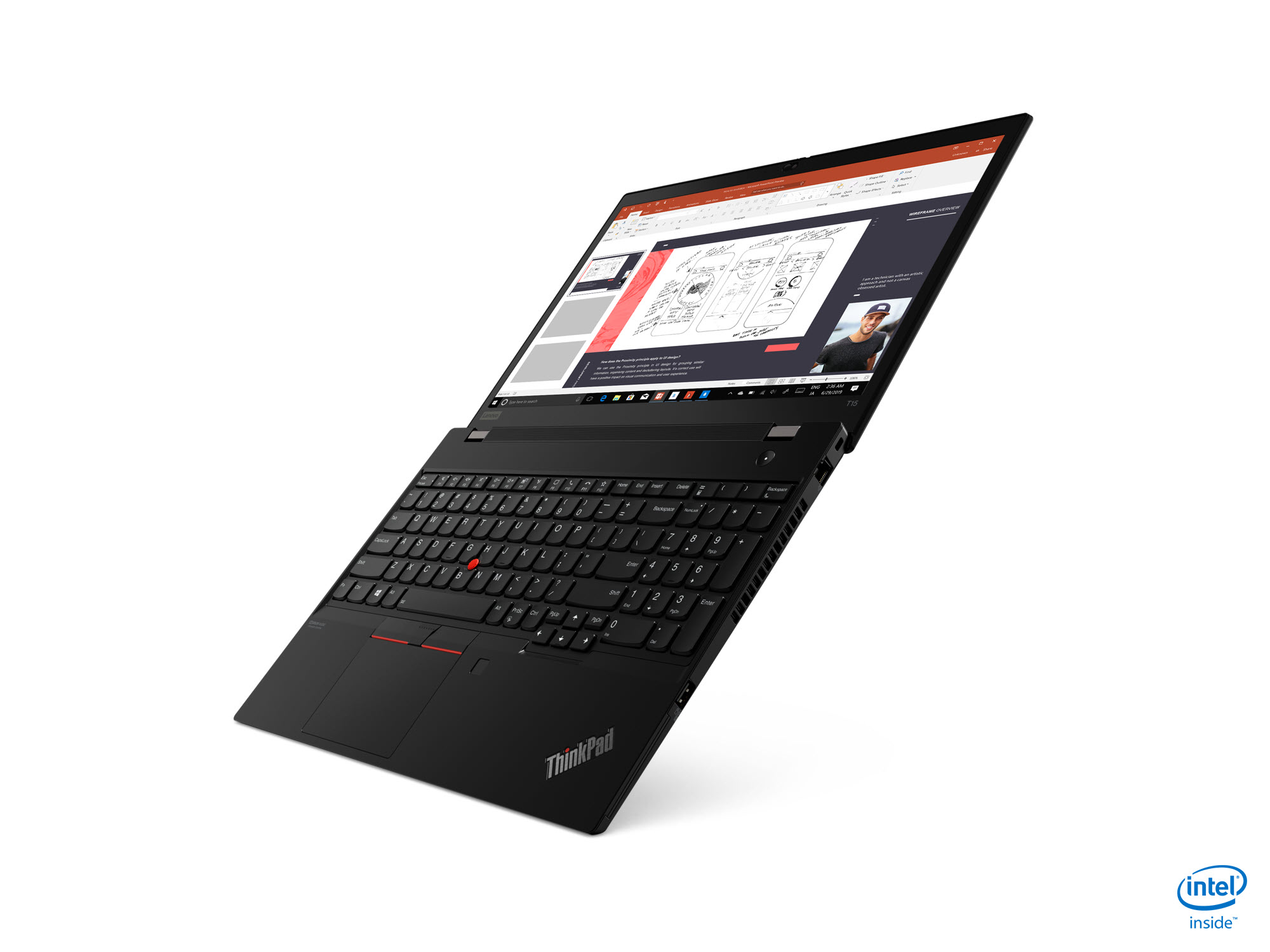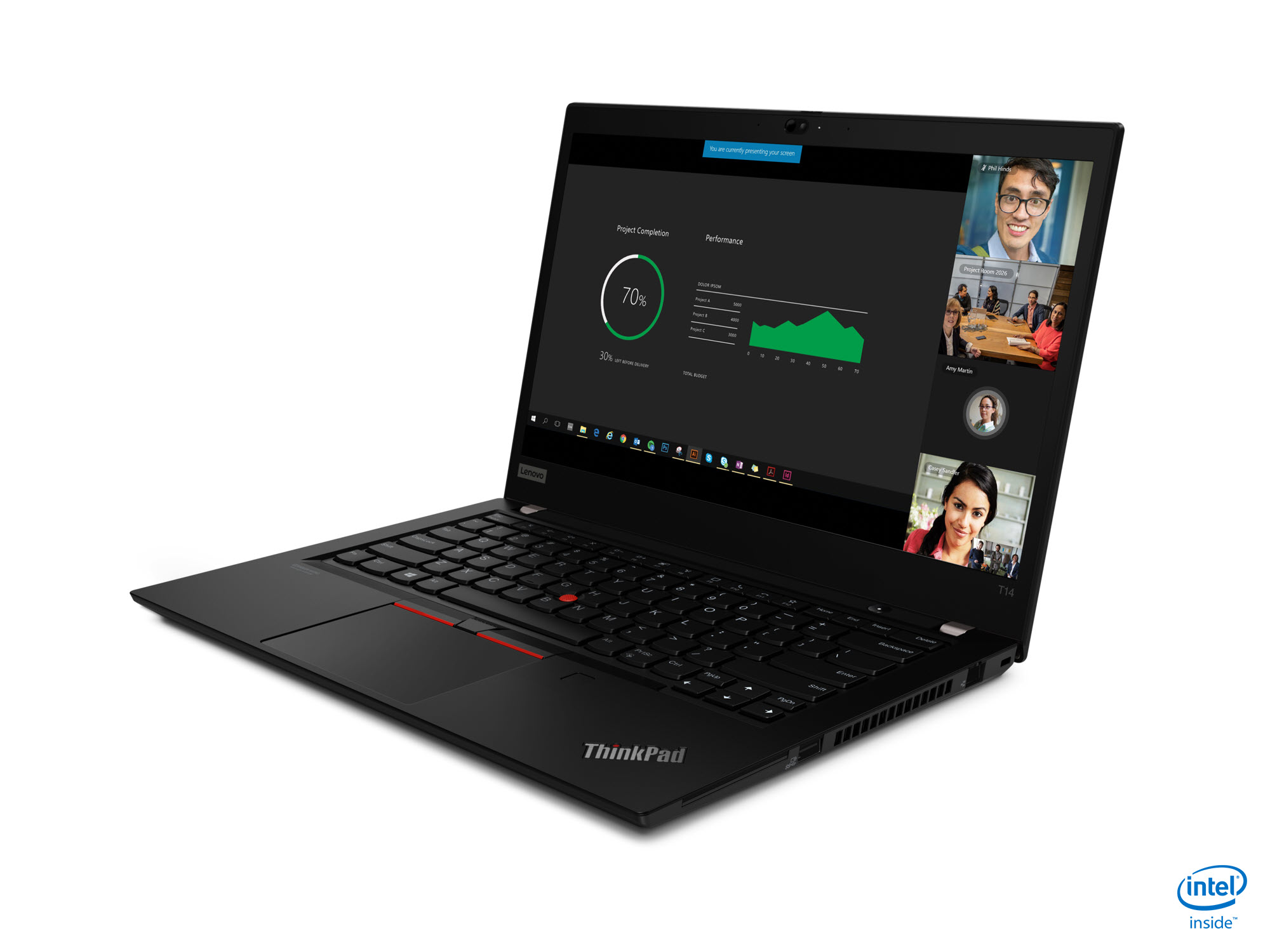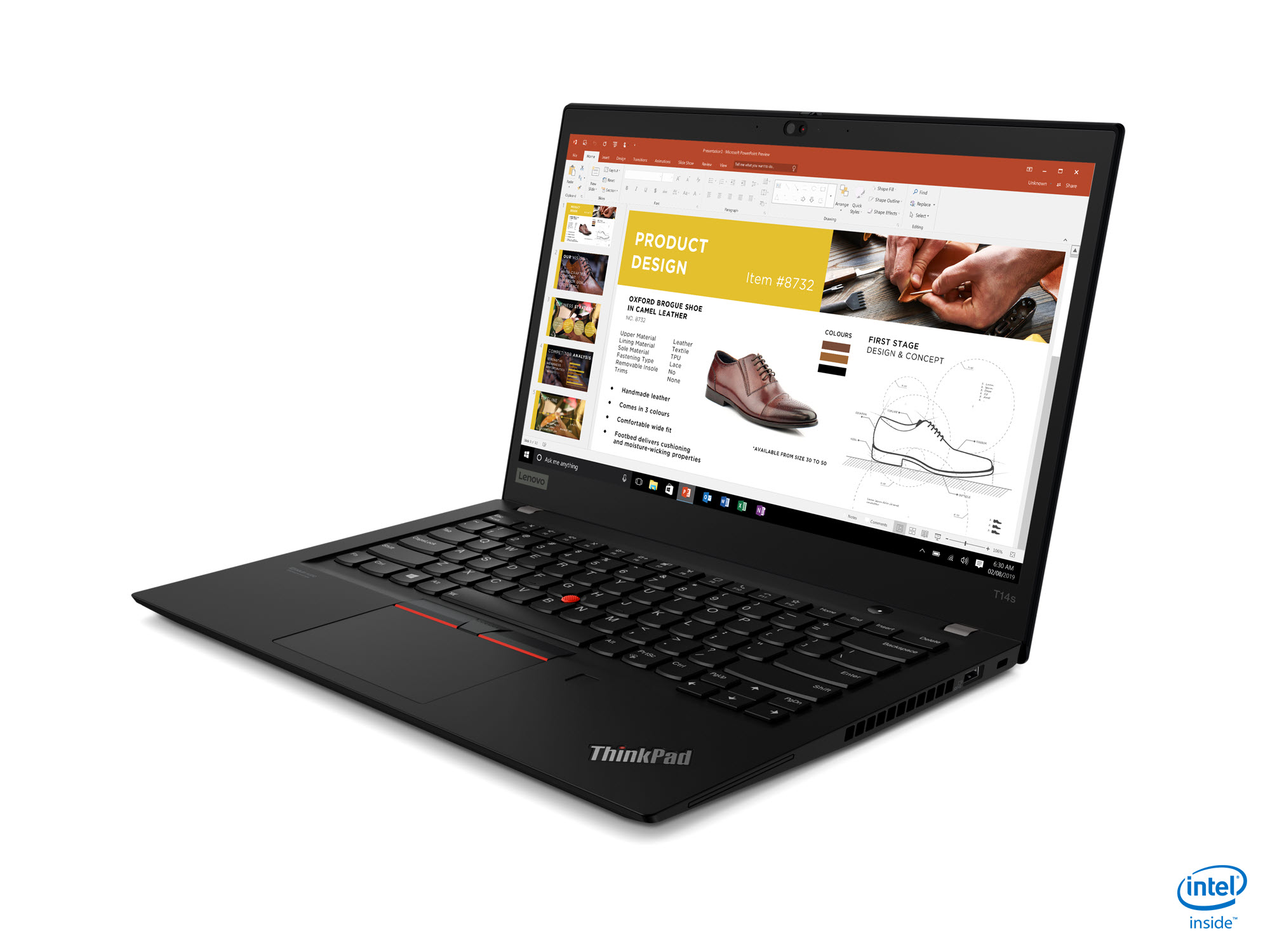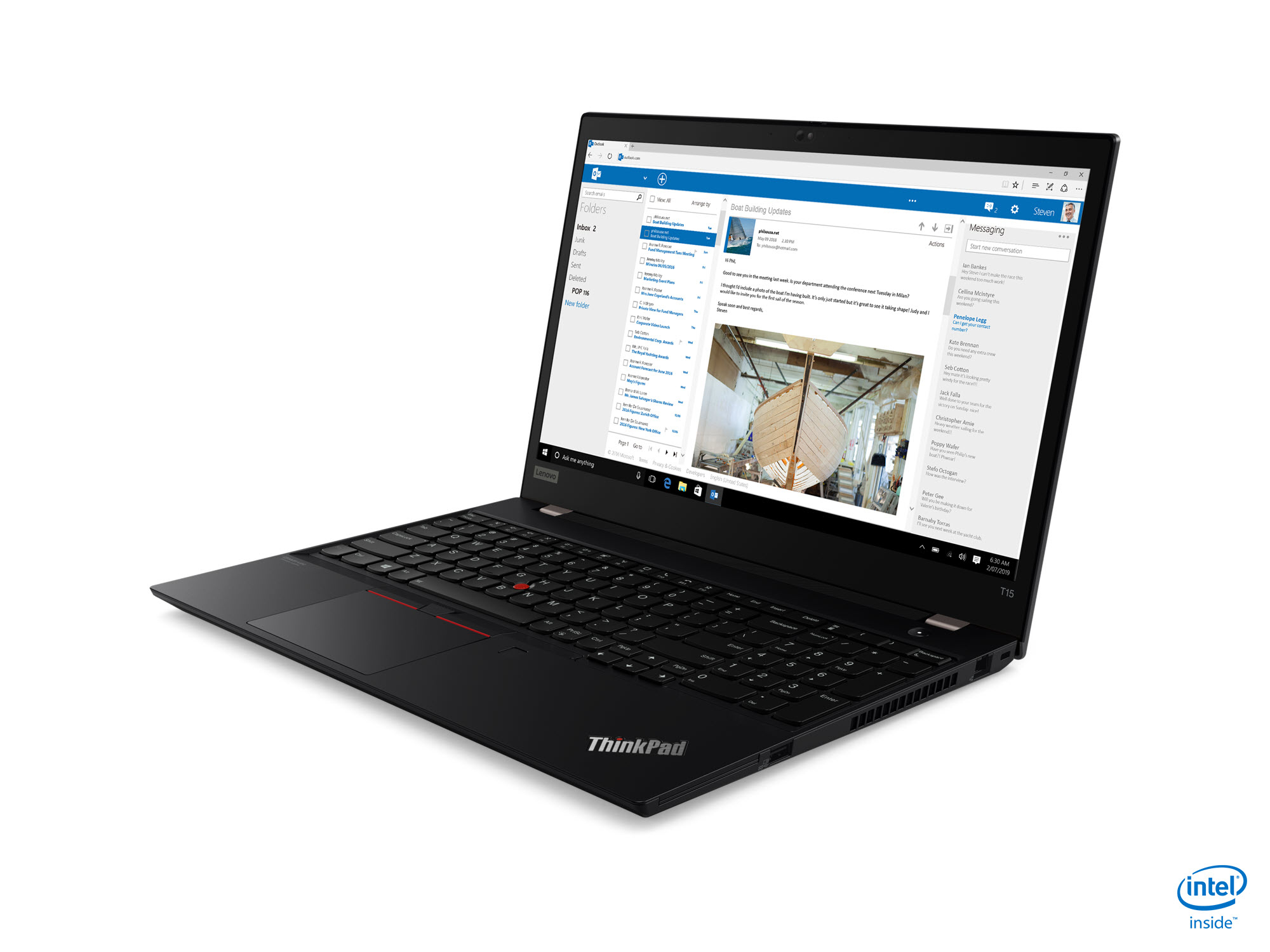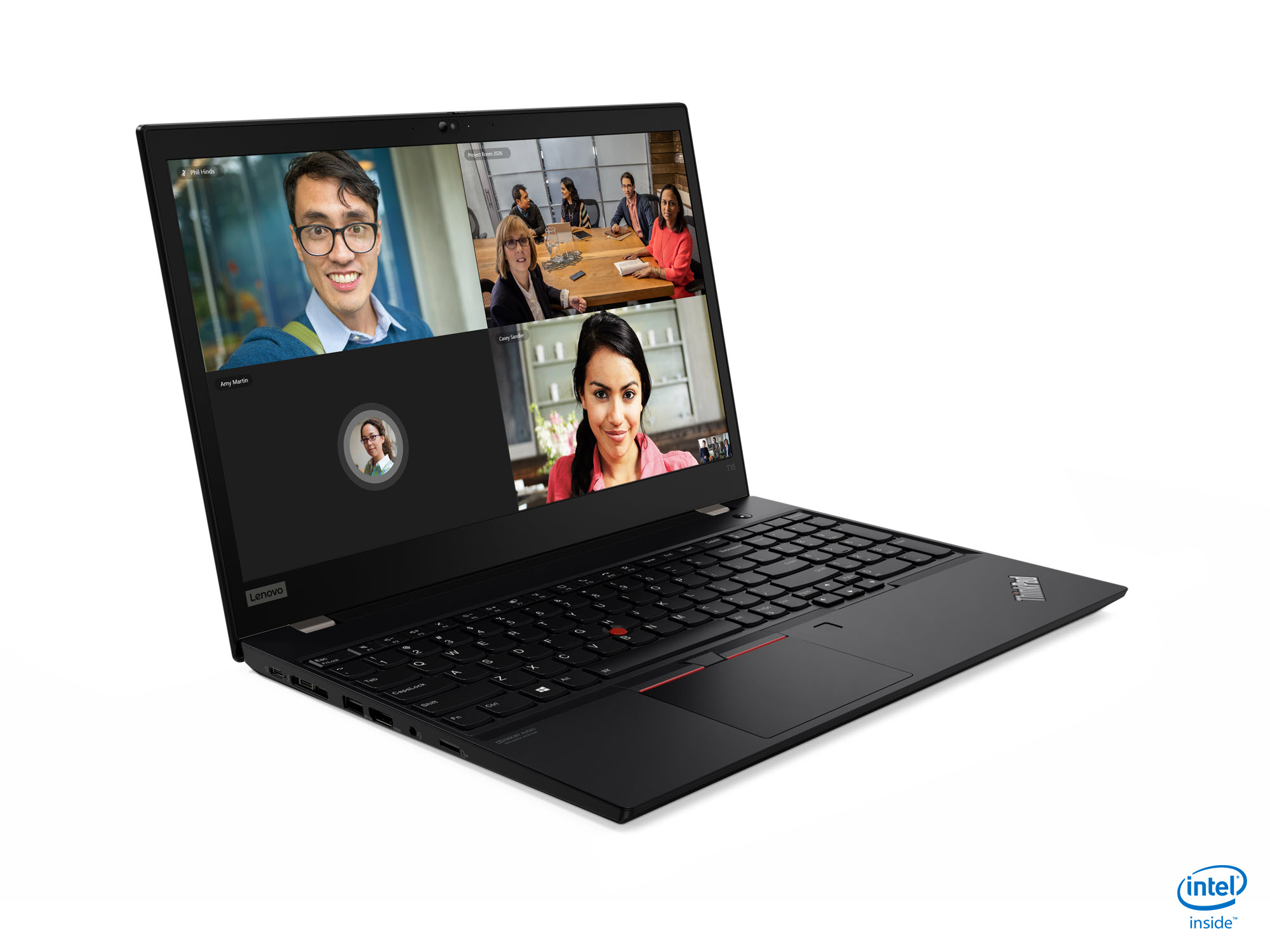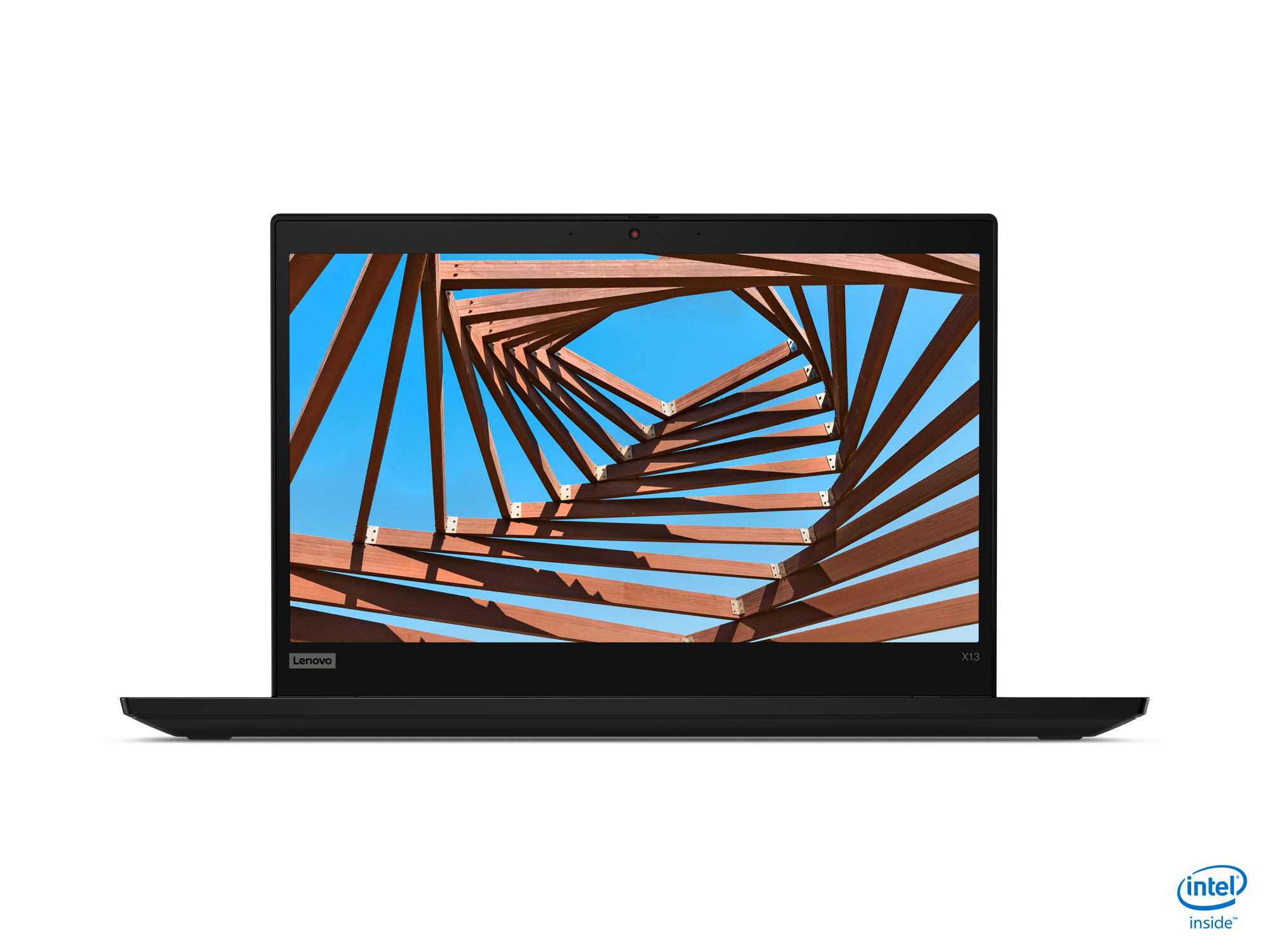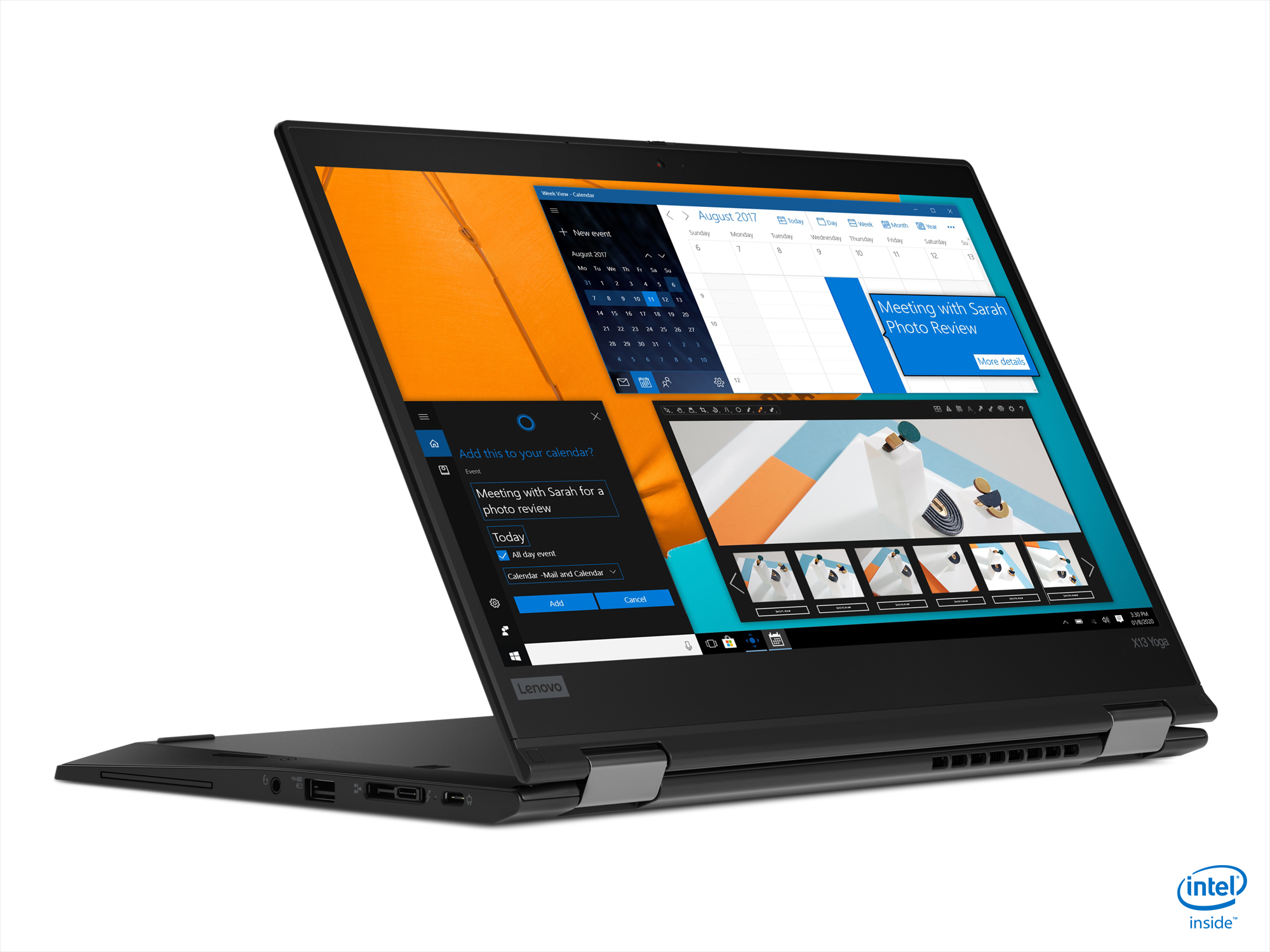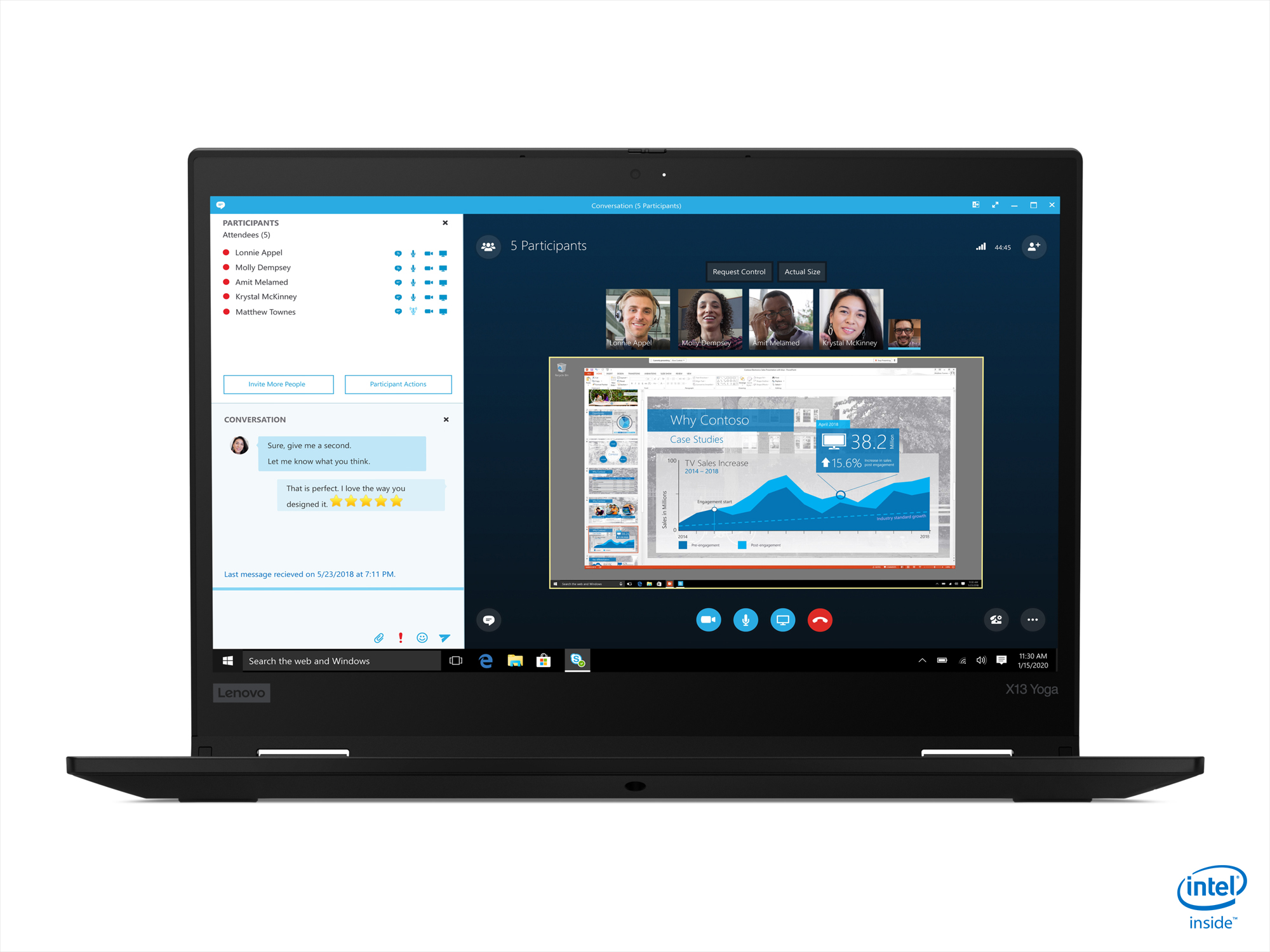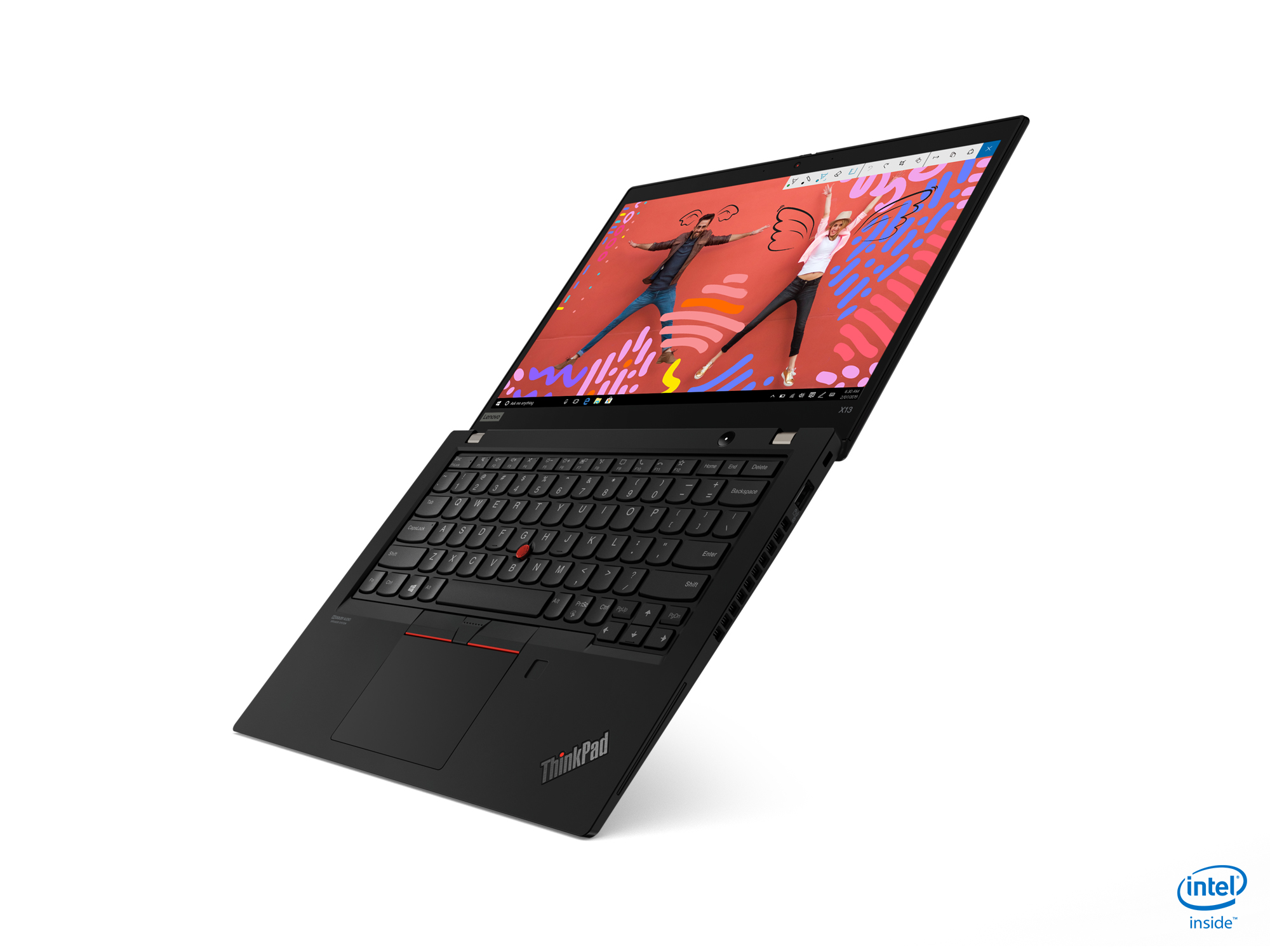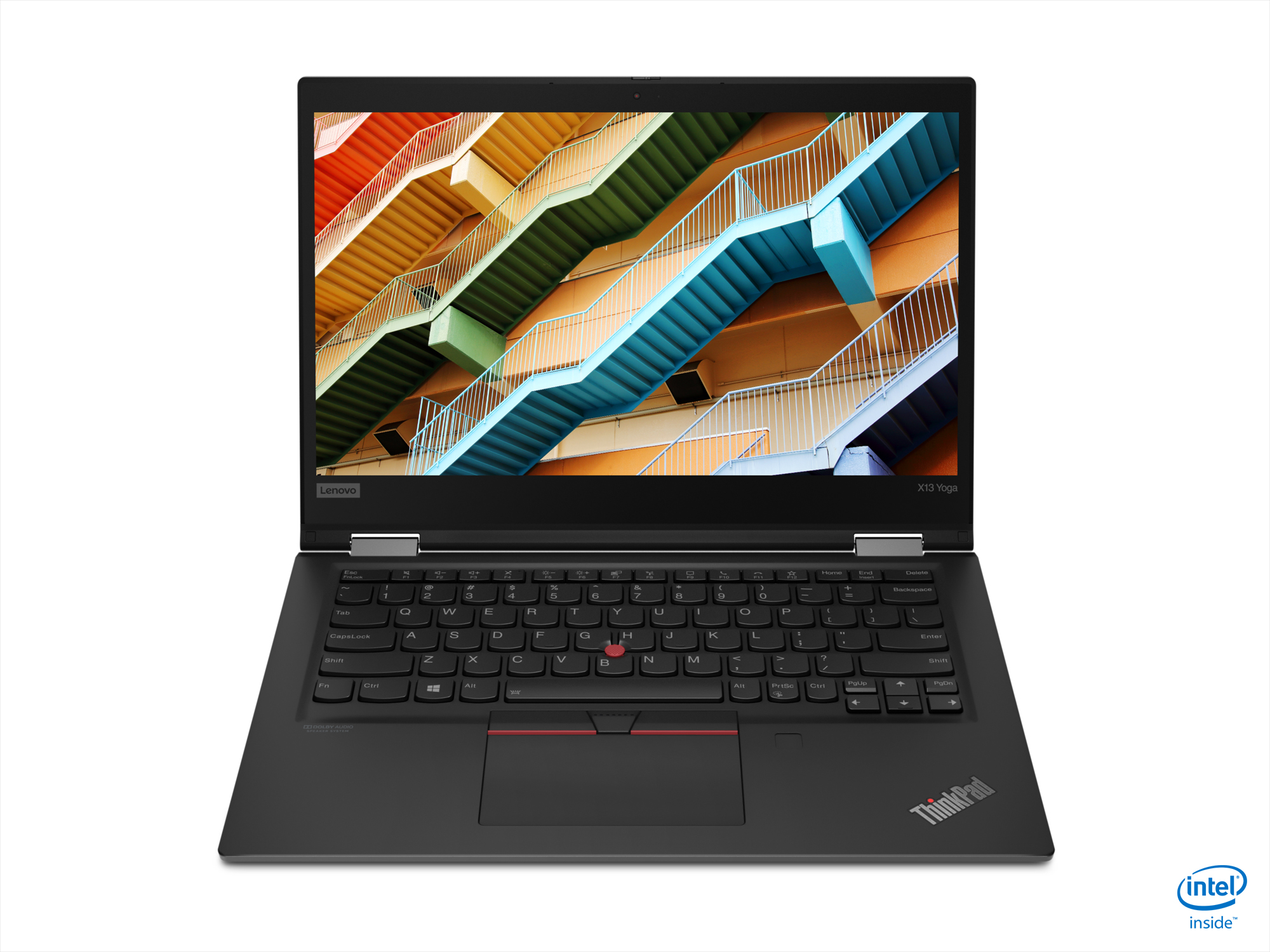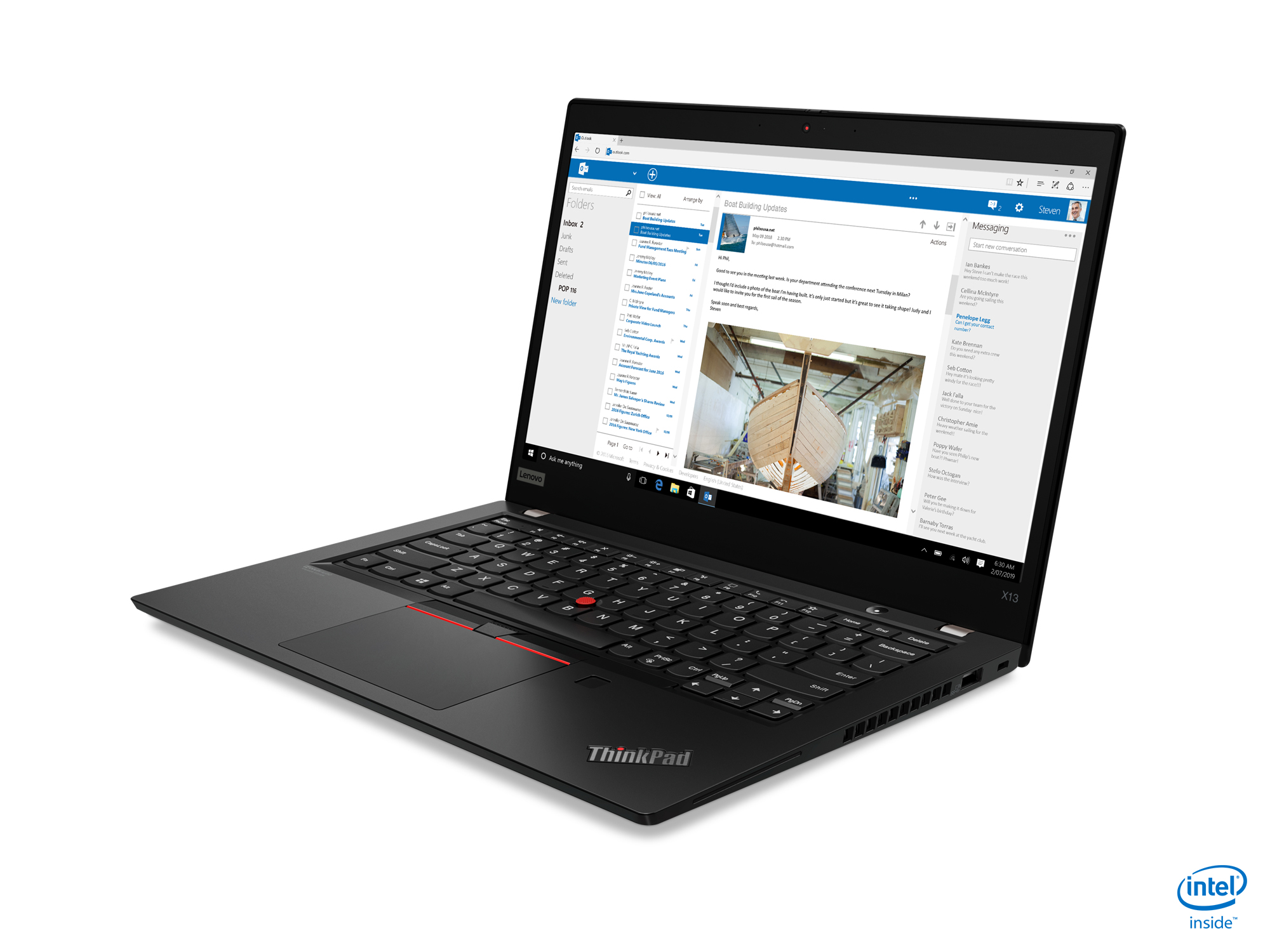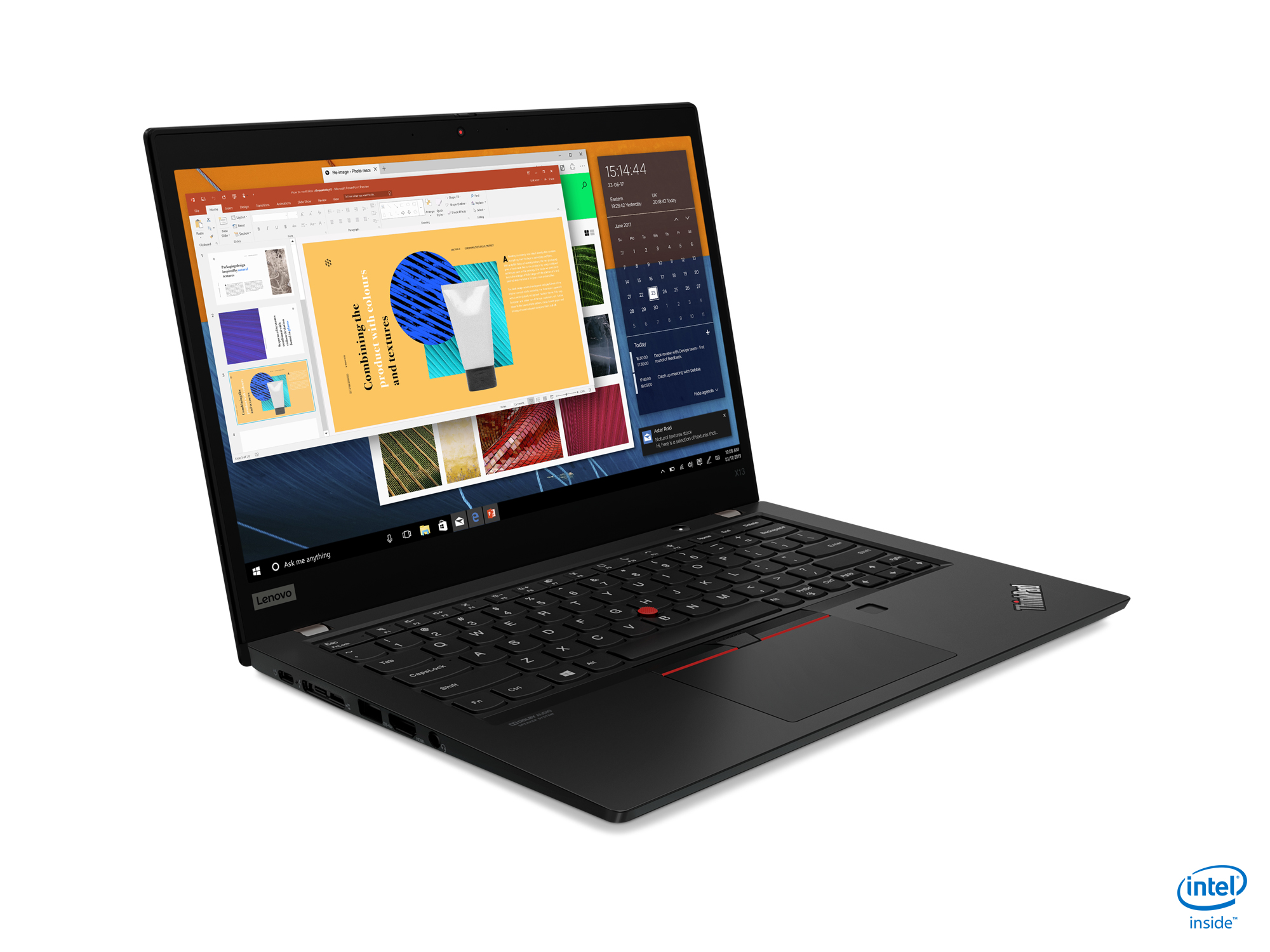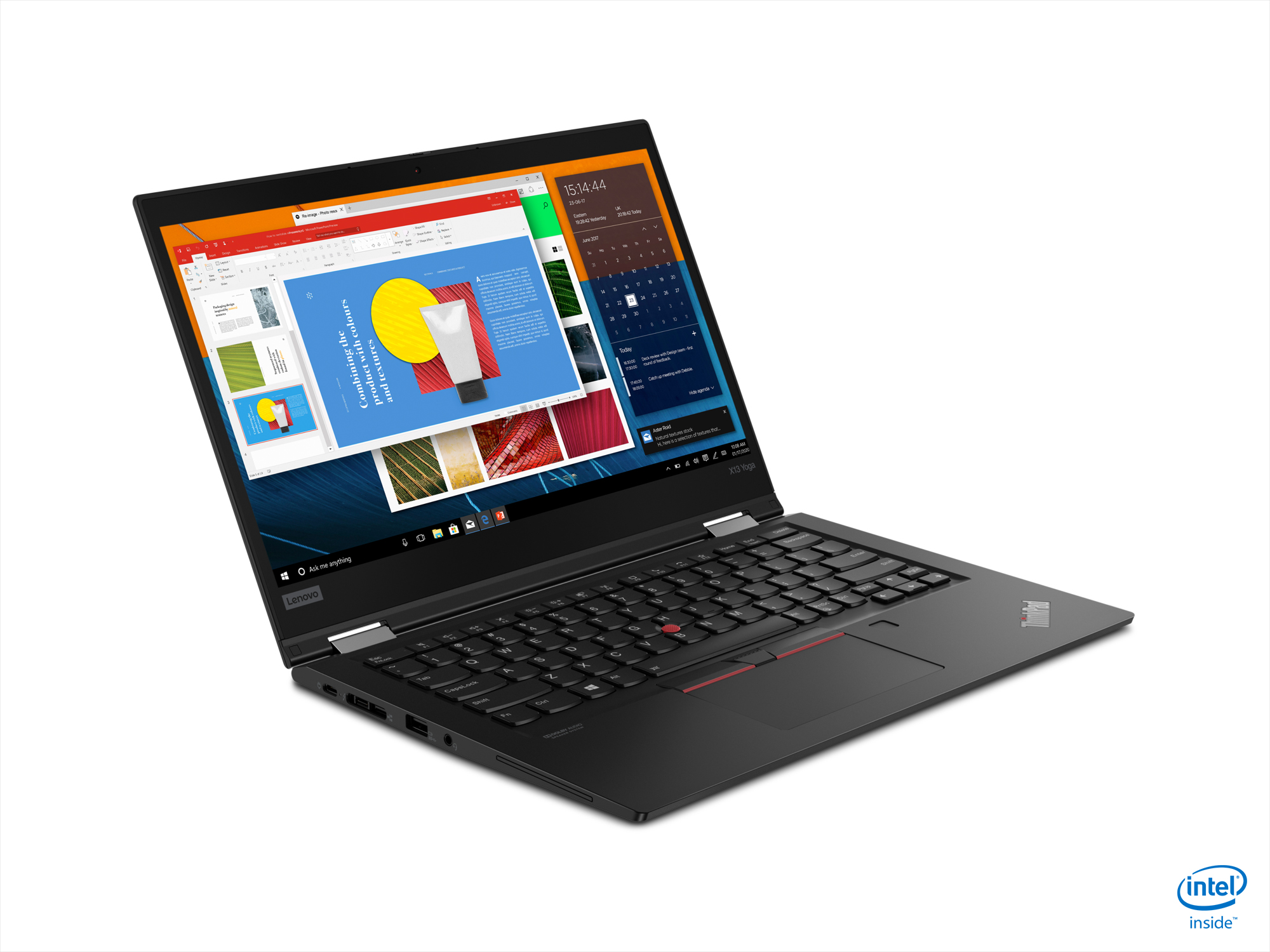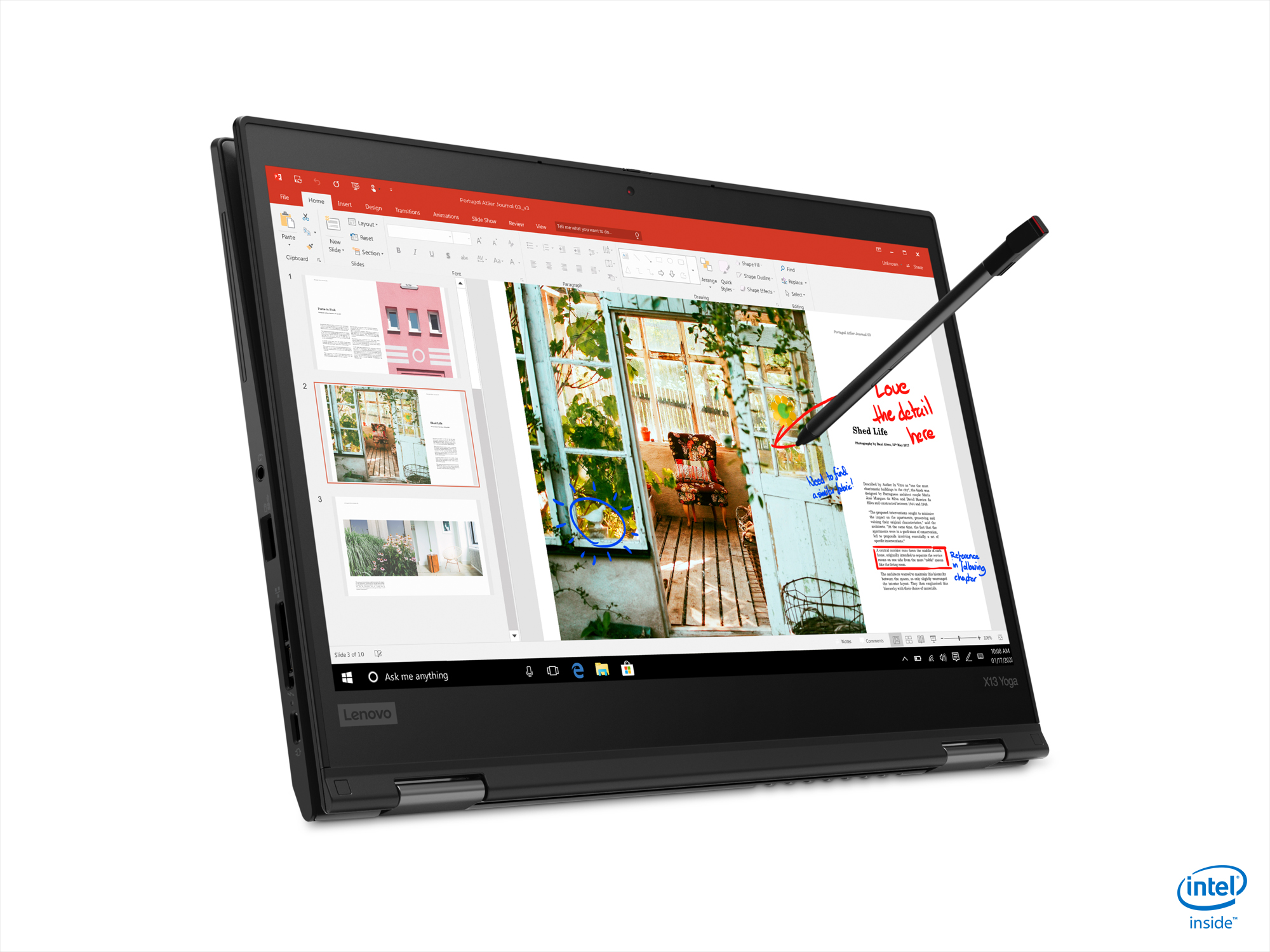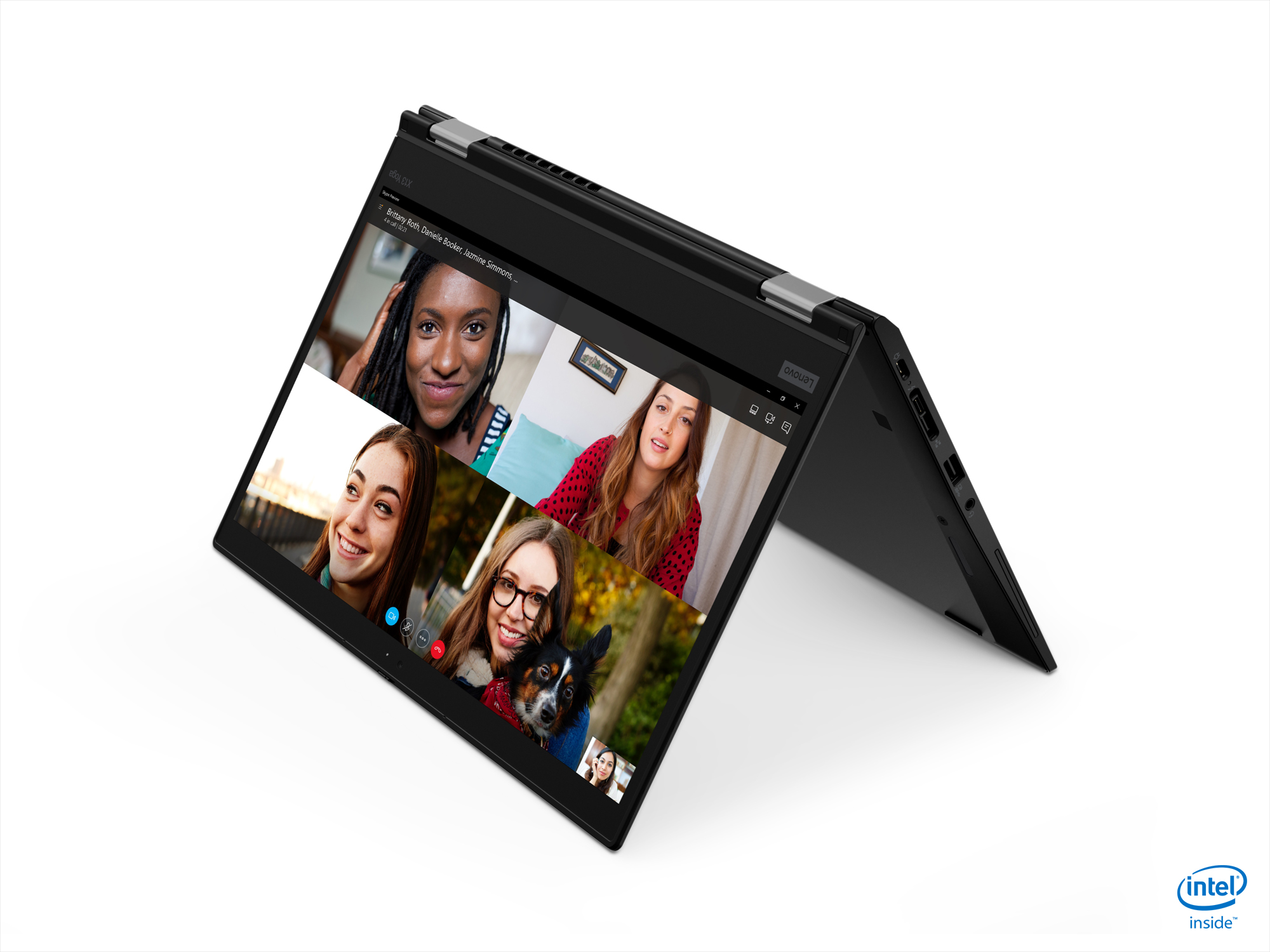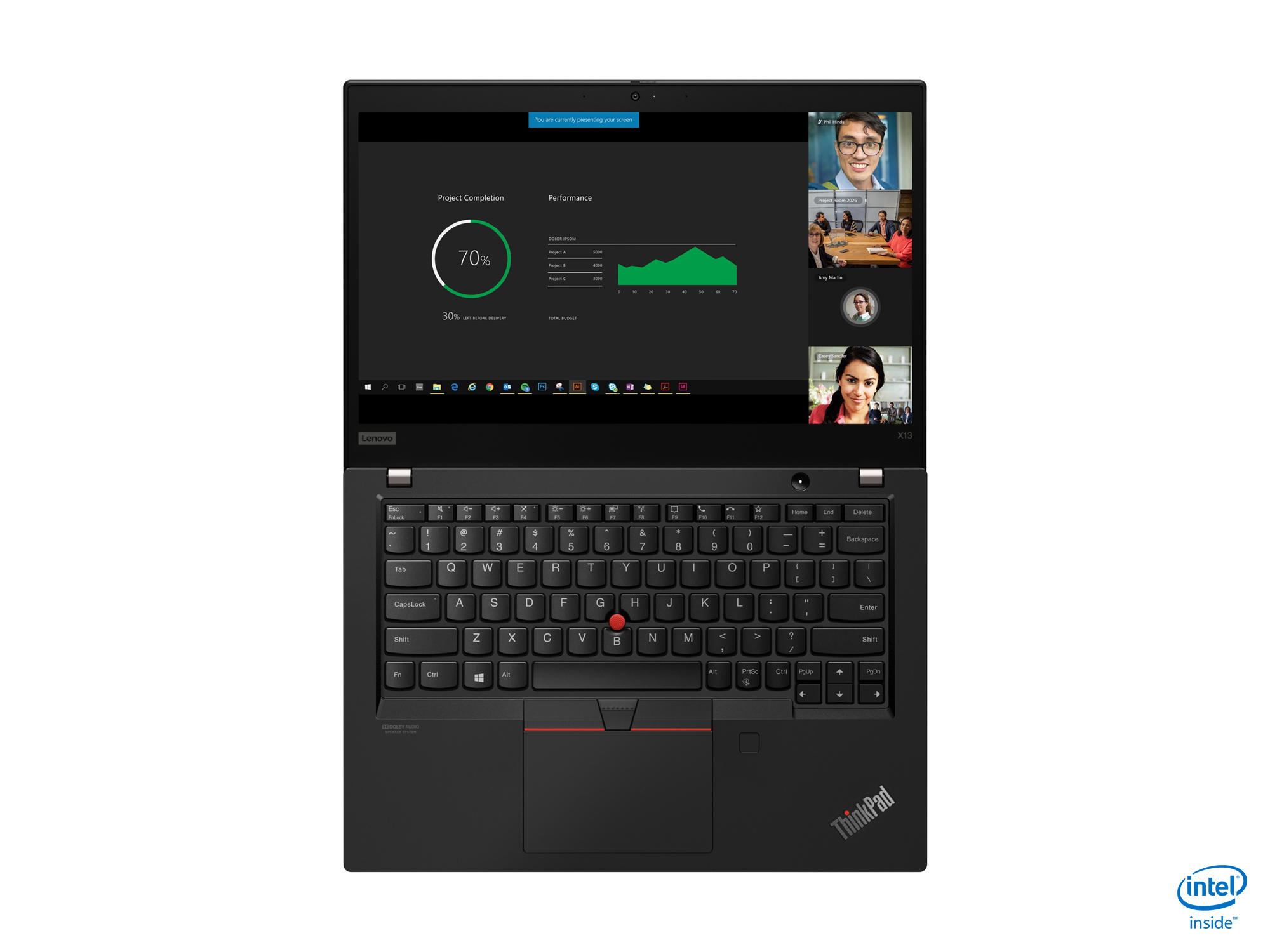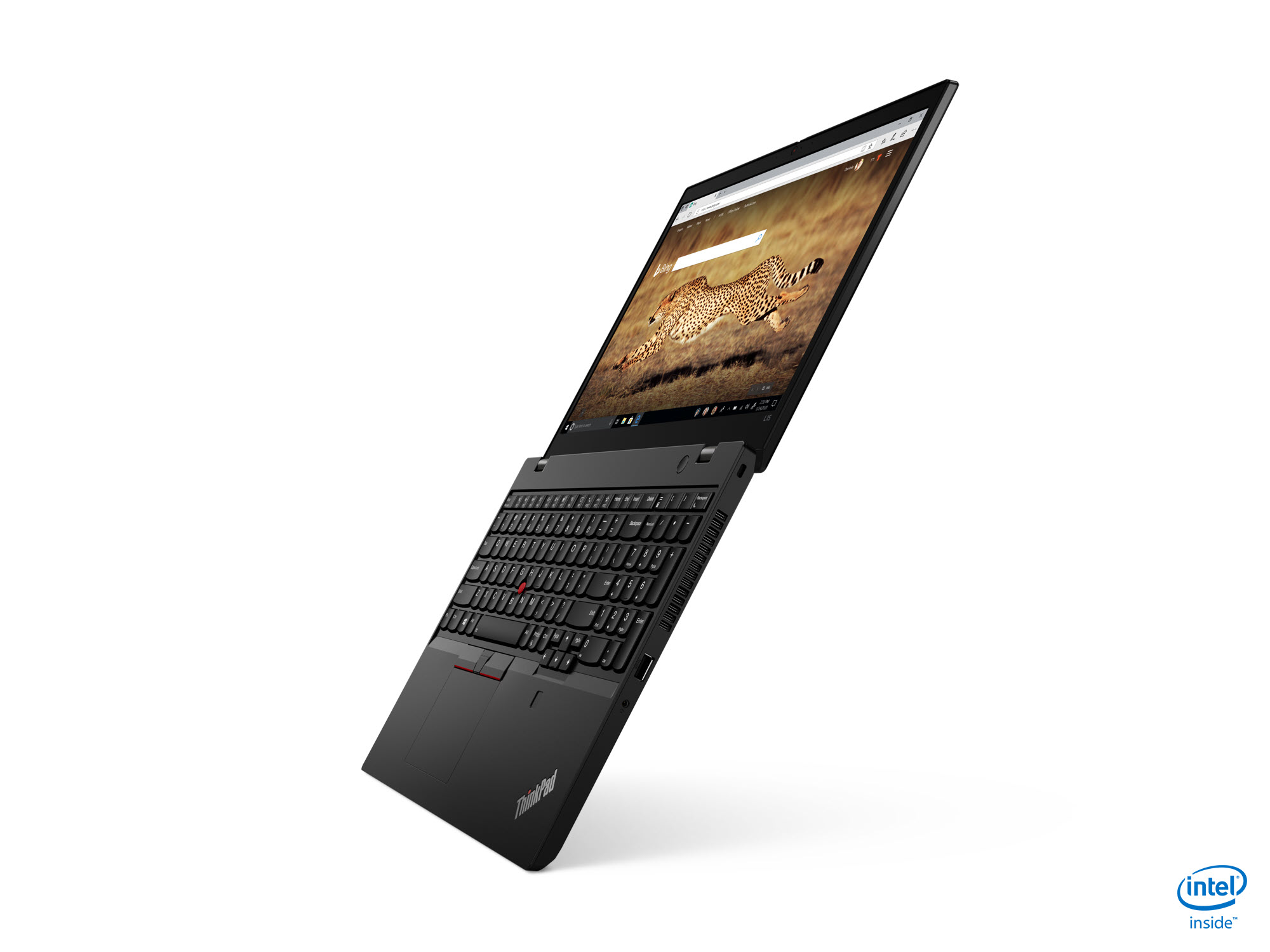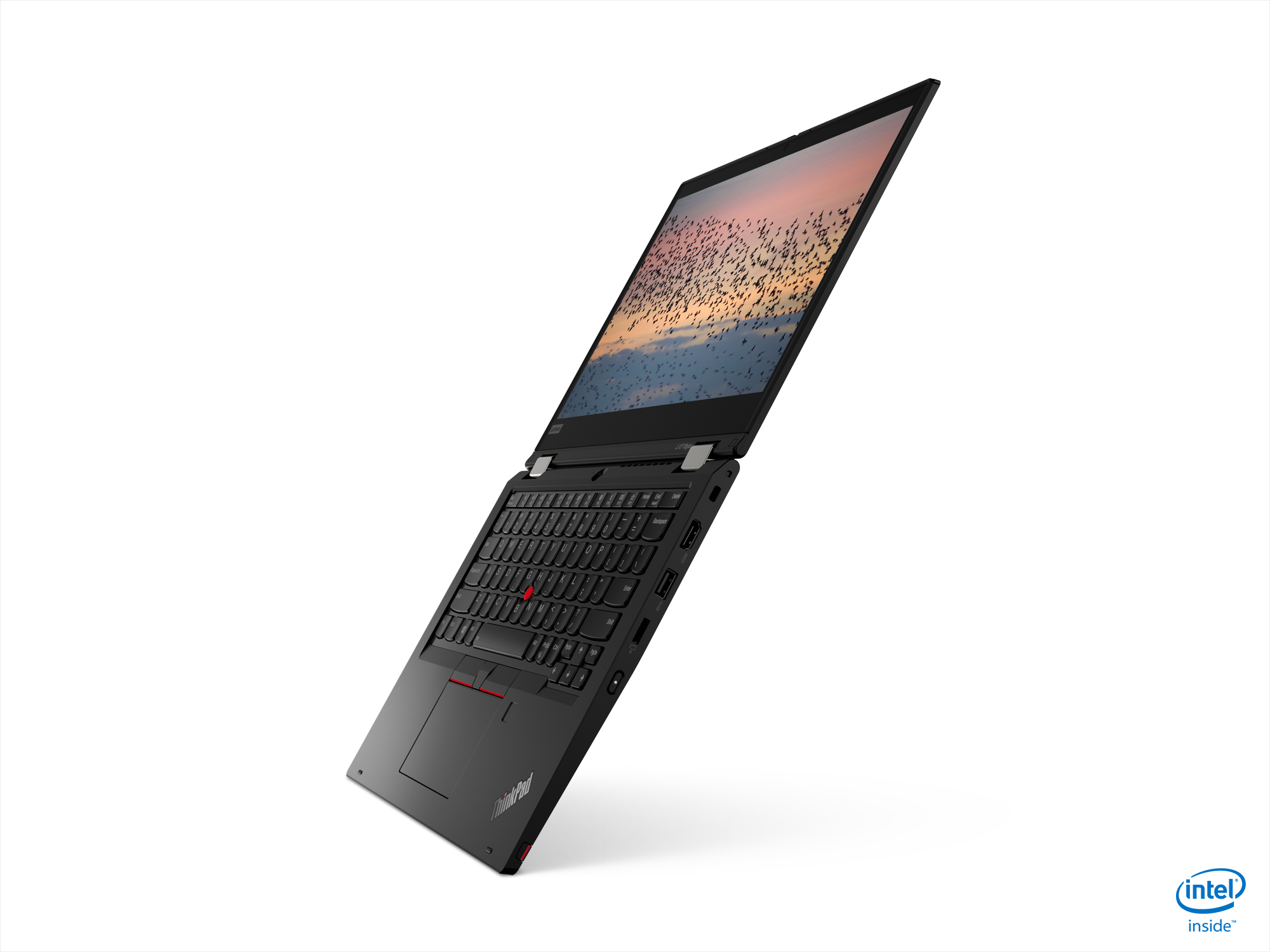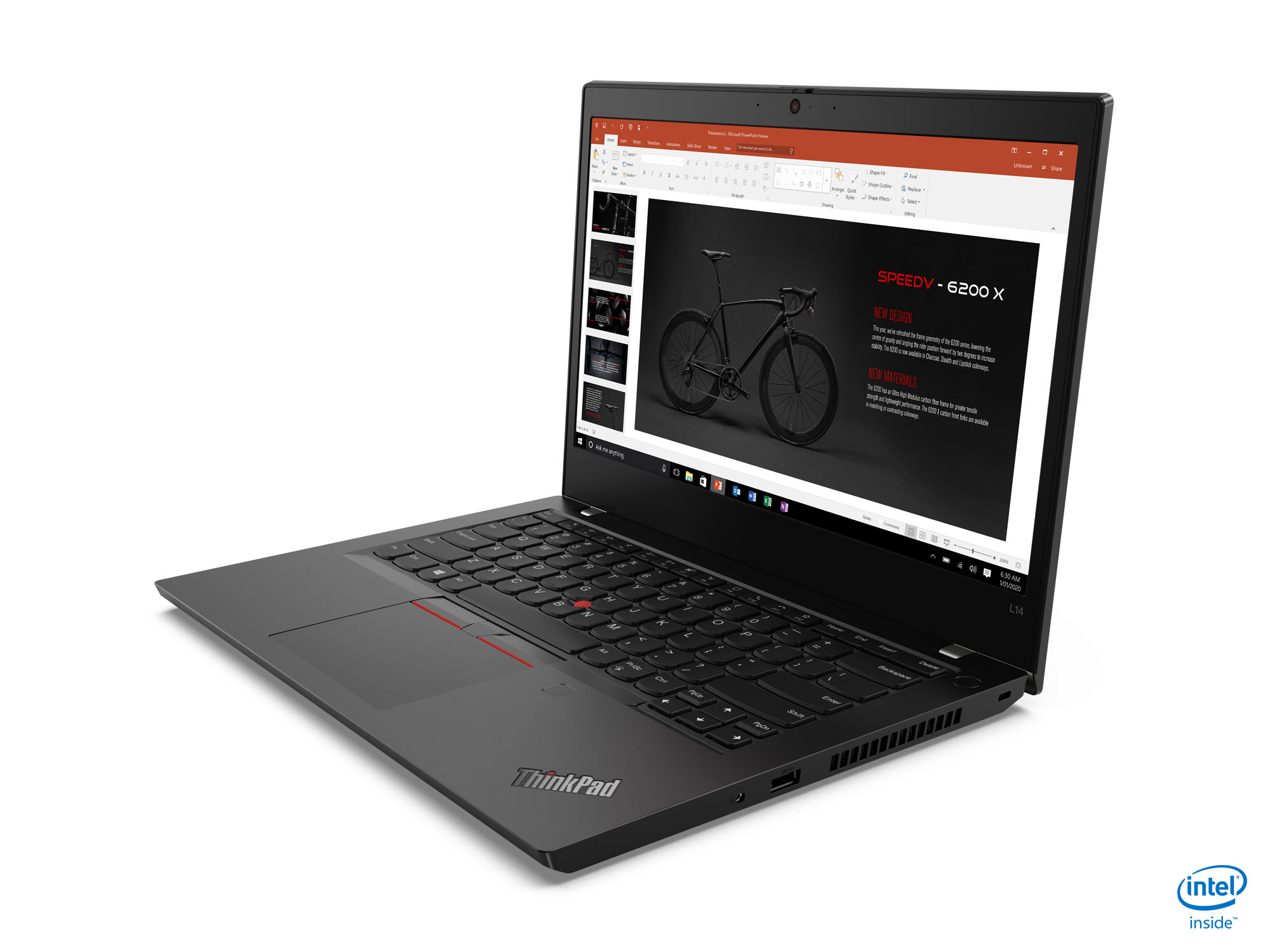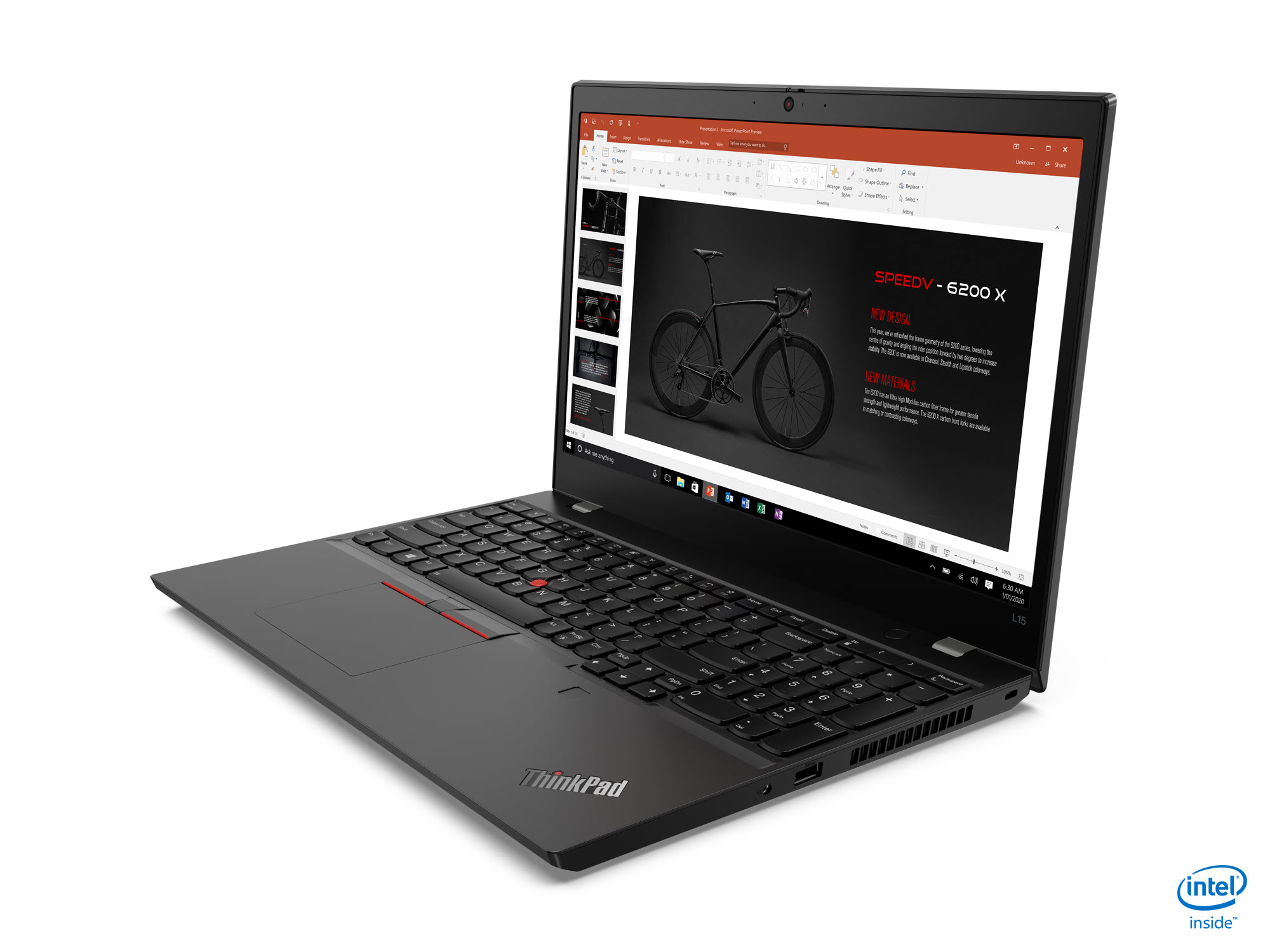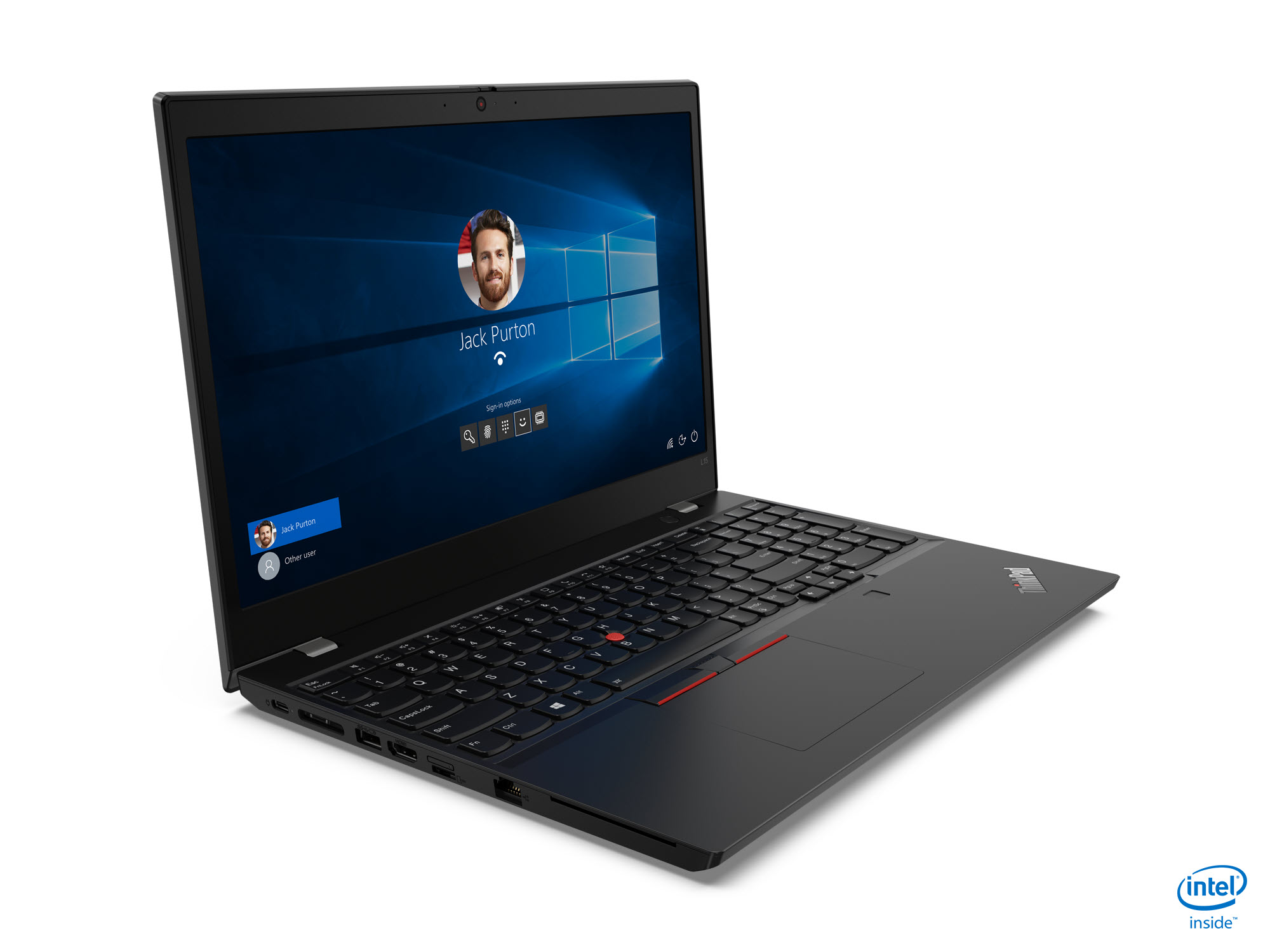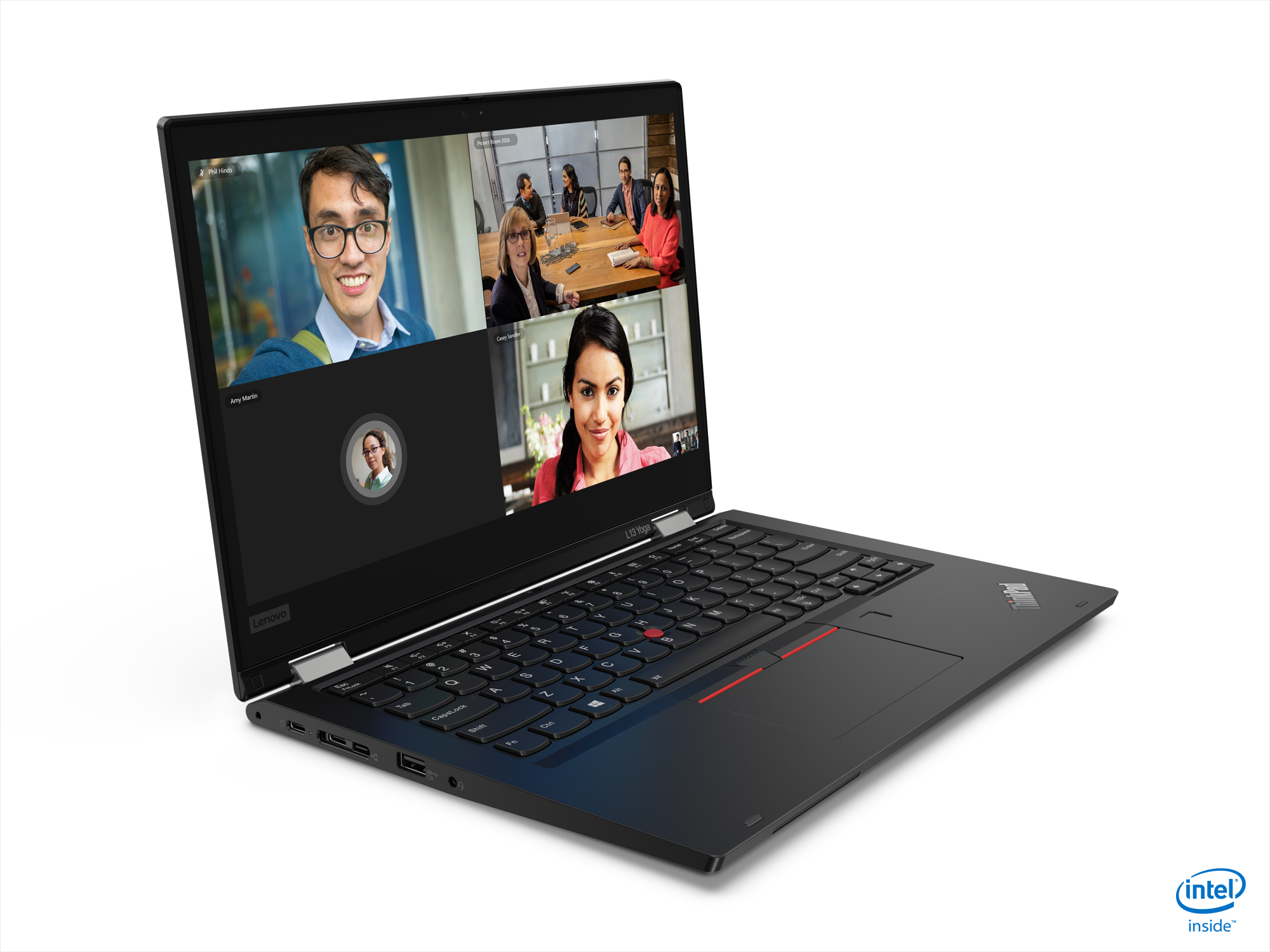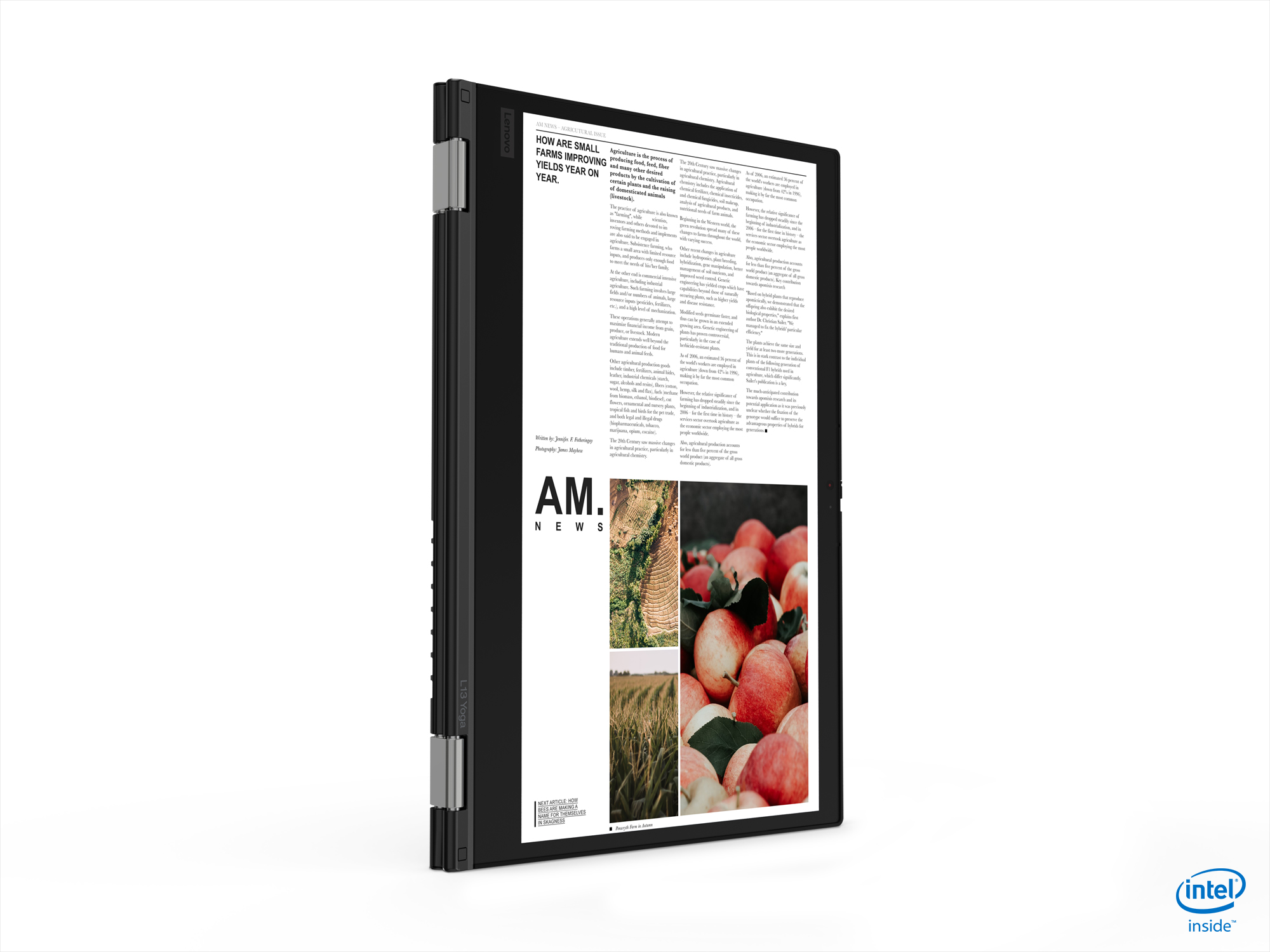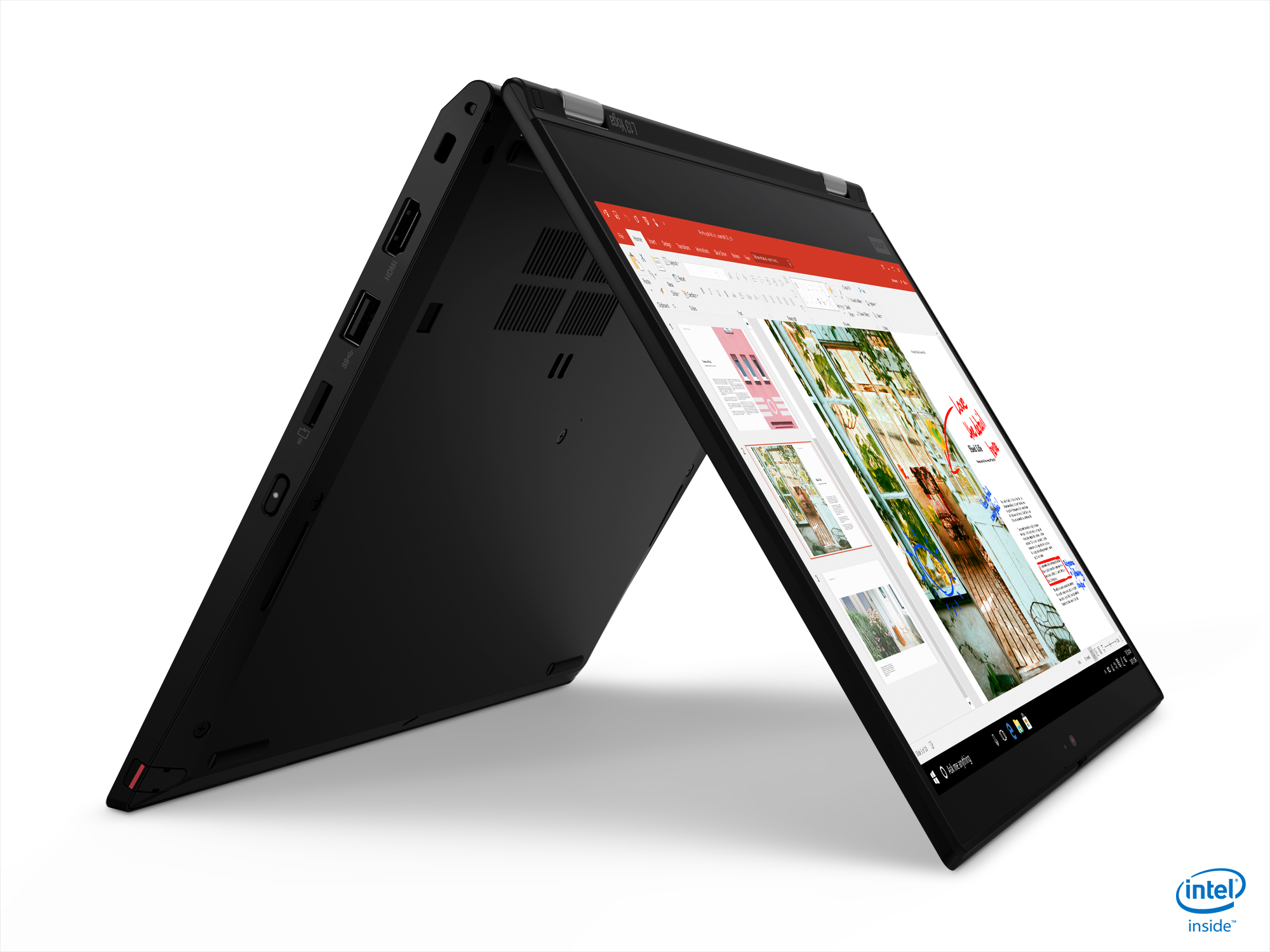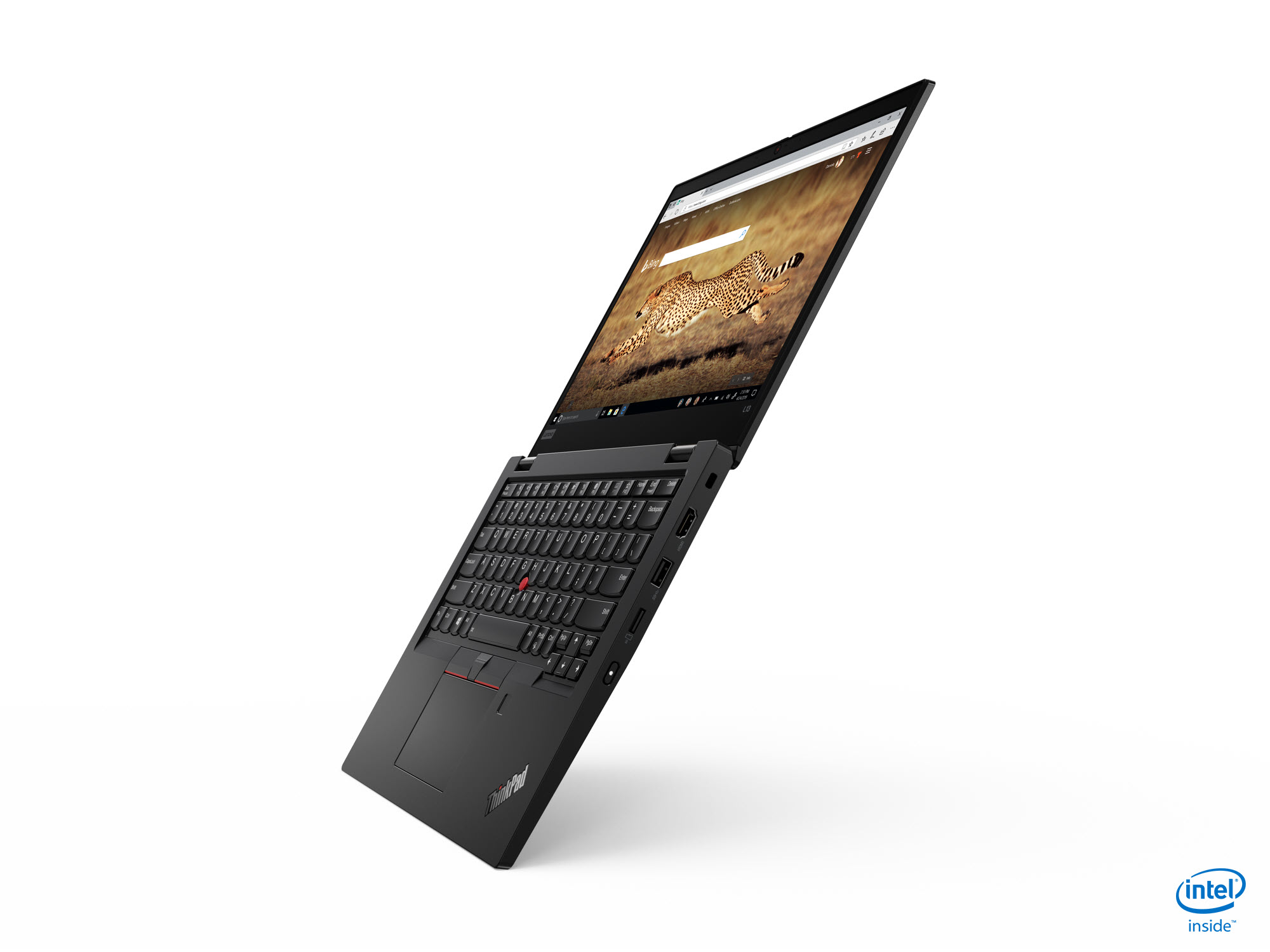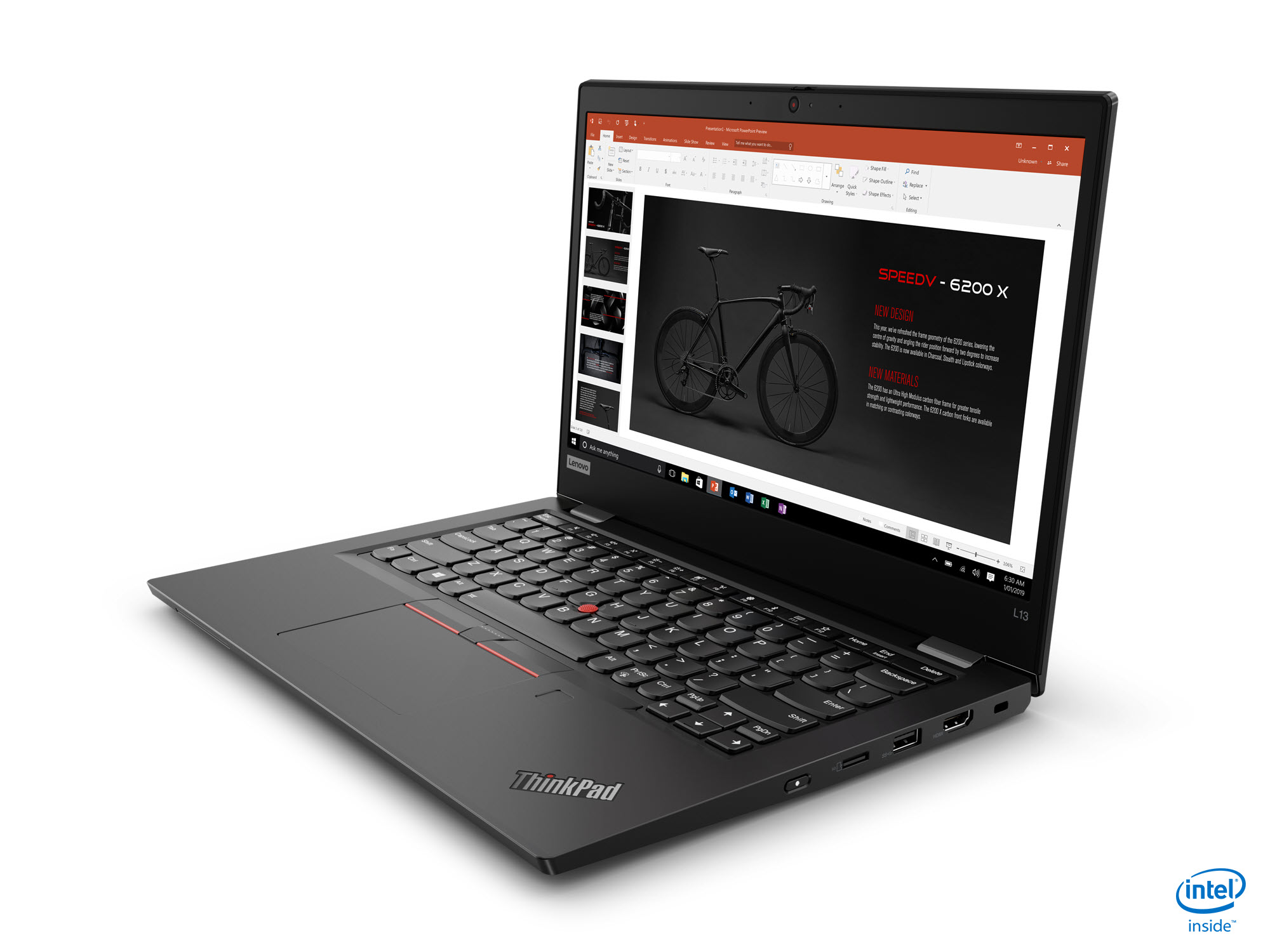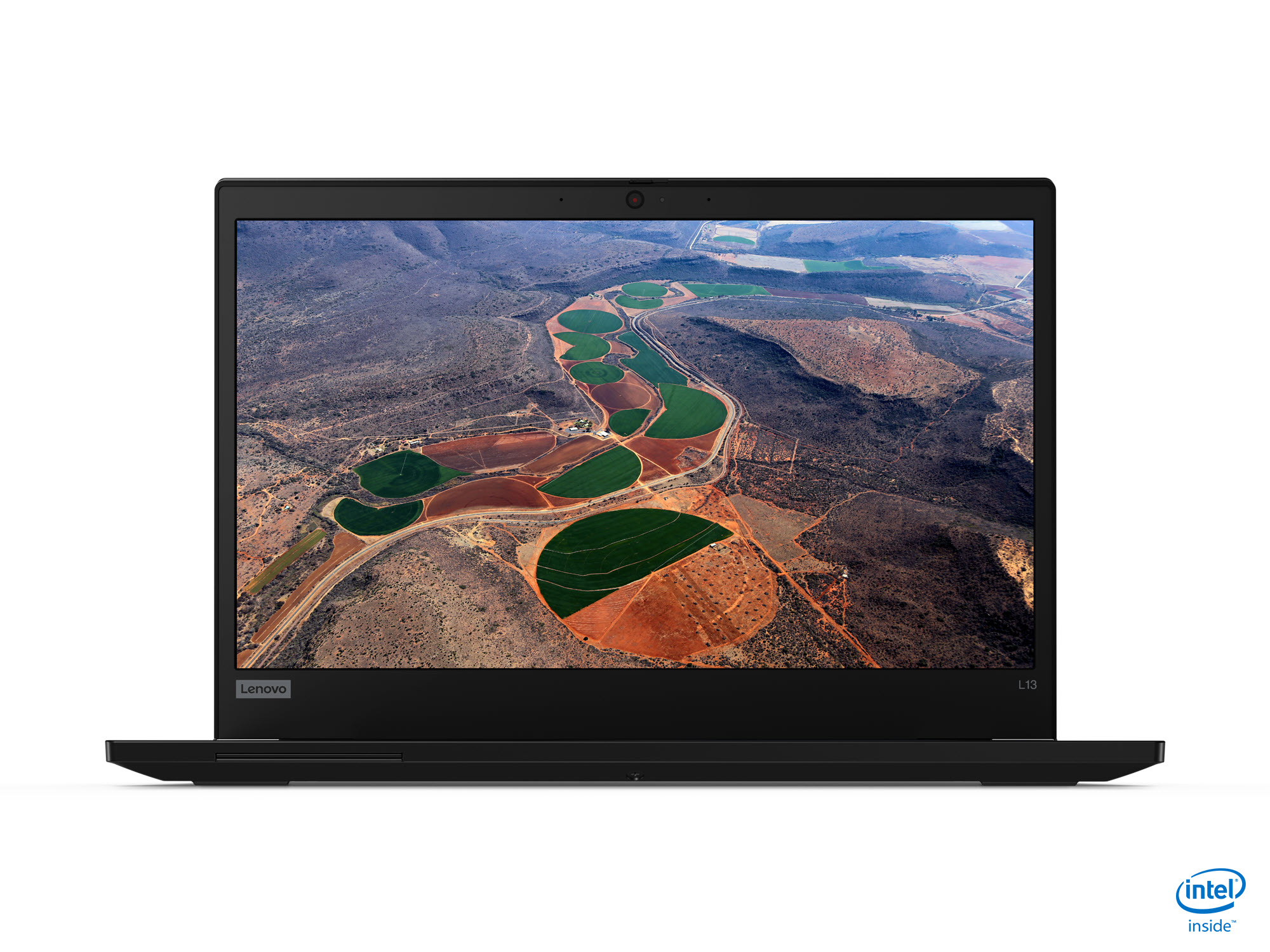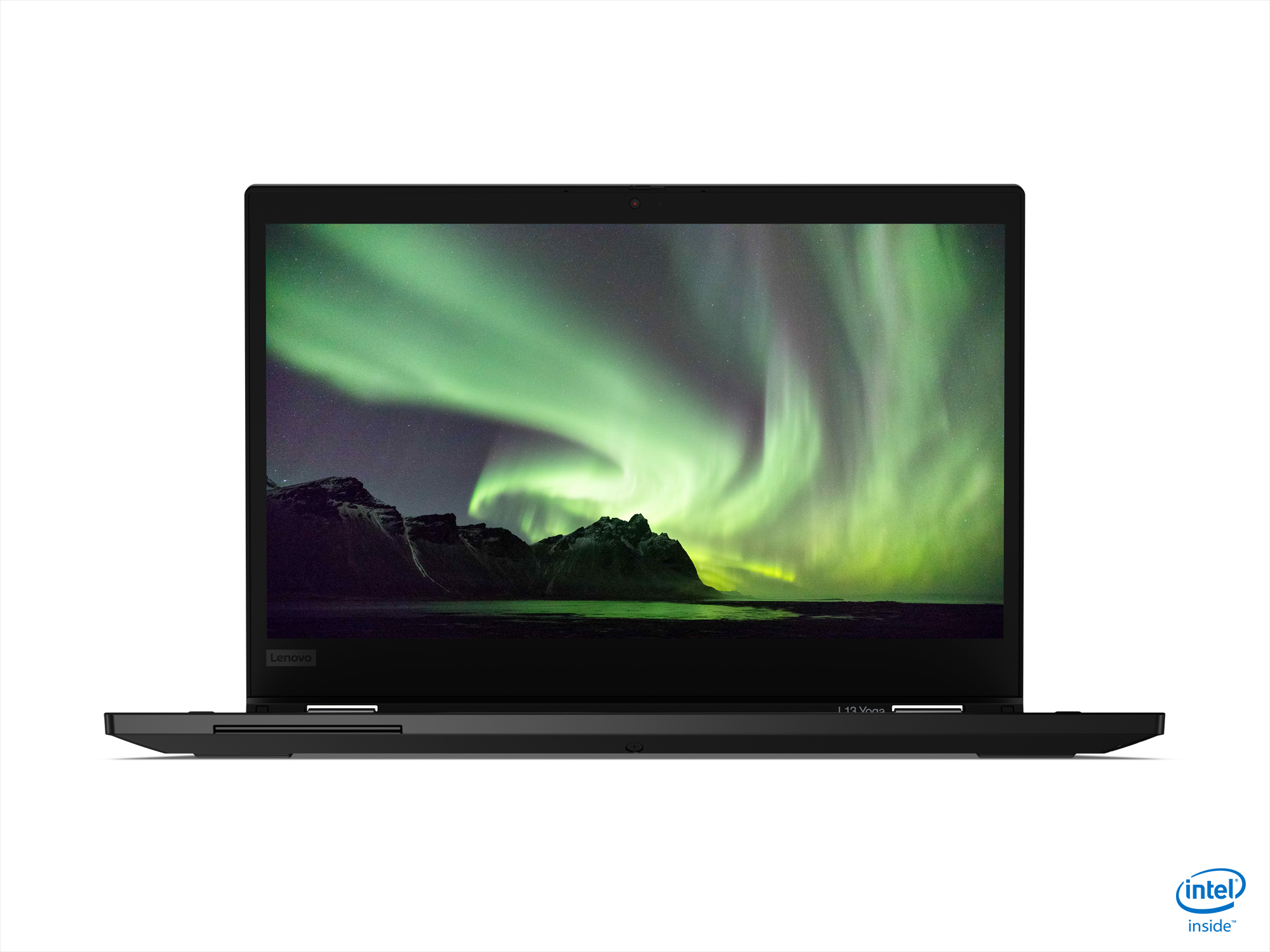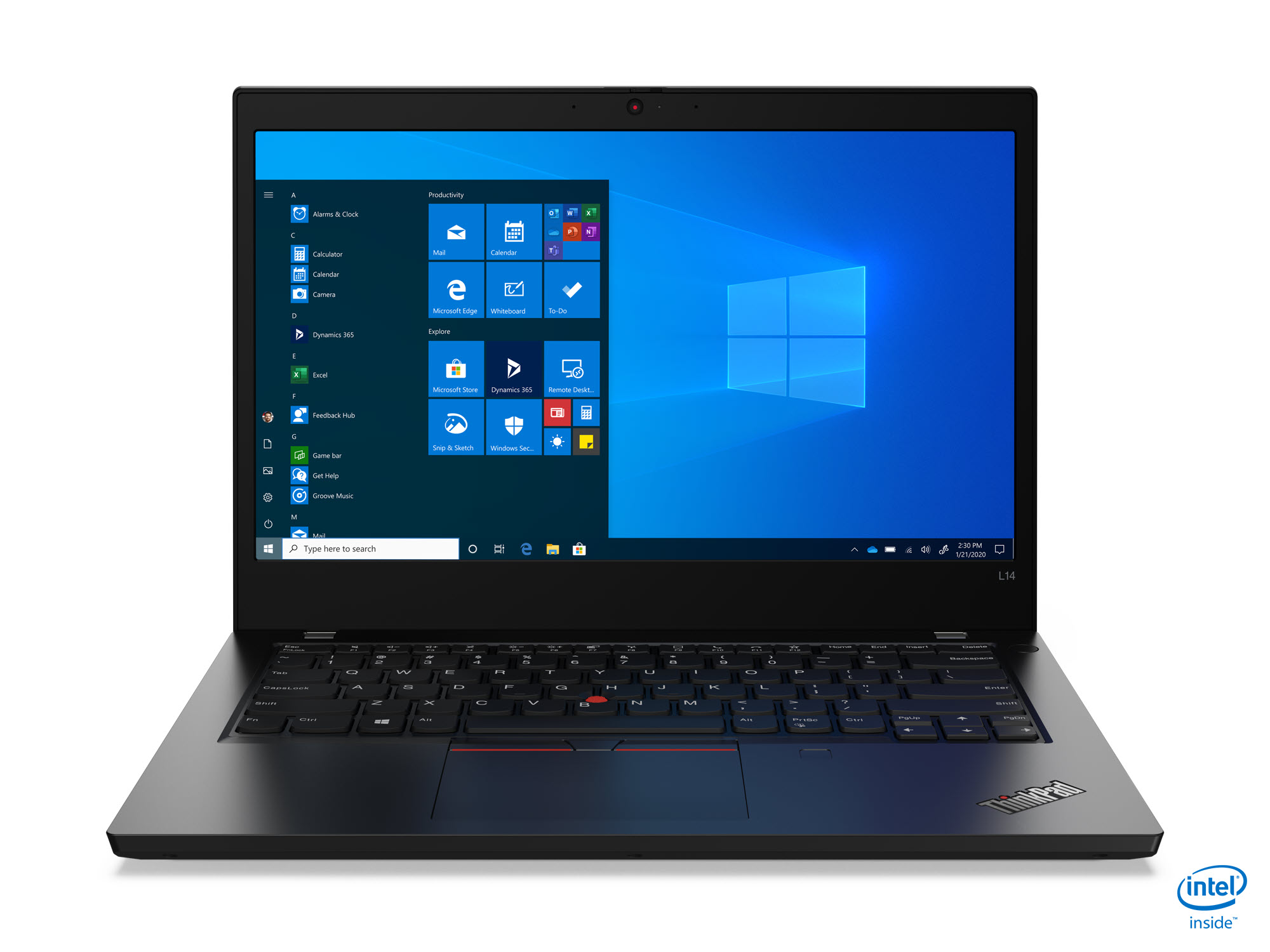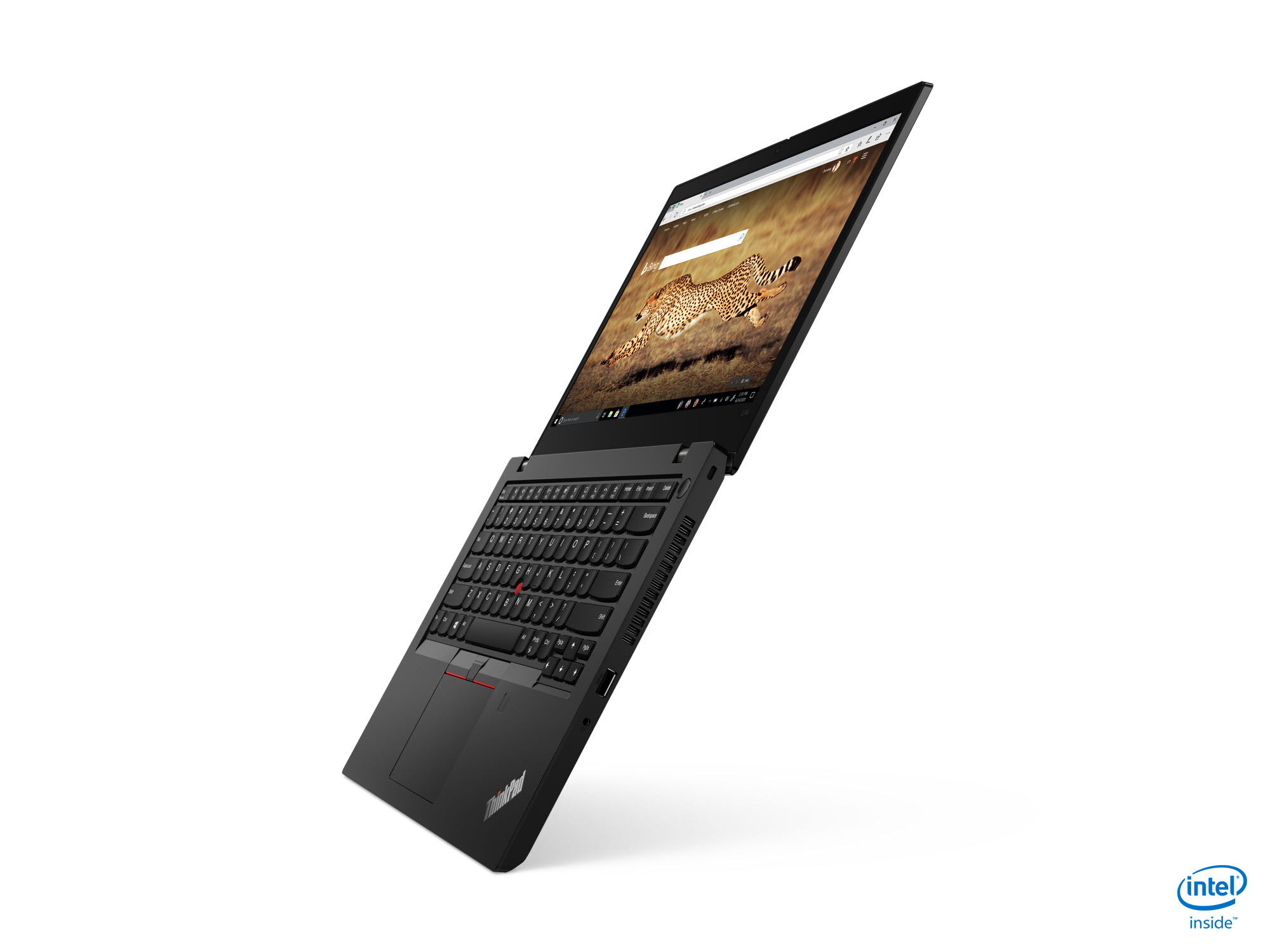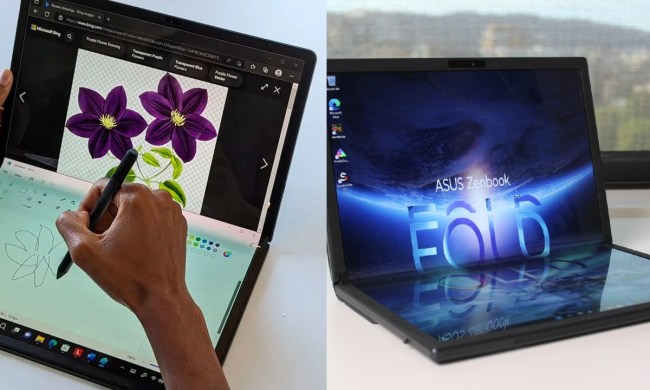Lenovo has refreshed a few of its ThinkPad lines heading into March 2020, and it’s not just the machines themselves that have received a refresh. It’s also the naming scheme, which Lenovo hopes is easier to follow and keeps things clearer as it announces revised models in the future.
The ThinkPads being refreshed include the T, X, and L lines, leaving the higher-end X1 line alone for the moment. To make things simple, the naming convention simply appends the screen size to the series, e.g., the T14 is the 14-inch T-series. The new models will be designated as Gen 1, and like the X1 series will be updated by generations from here on out.
Lenovo ThinkPad T14, T14s, and T15
Lenovo’s T-series was previously called the ThinkPad T490 and T490s. Going forward, the line will be known as the ThinkPad T14, T14s, and T15.
The T-series is the most popular among Lenovo’s ThinkPad stable, and for a good reason. It provides perhaps the best combination of components, robust build quality, and competitive pricing for business laptop buyers who don’t have an executive budget. New for 2020 is a host of updated components and new display options.
First up is a choice between Intel 10th-gen Core vPro CPUs and AMD Ryzen Pro 4000 processors. Both provide enterprise users with enhanced management and security options. Graphics options include integrated graphics and Nvidia’s GeForce MX330 GPU with 2GB GDDR5. The T14 and T15 can be configured with up to 48GB of 320oMHz DDR4 RAM while the T14s is limited to 32GB. All T-series models come with Wi-Fi 6 for the fastest available wireless connectivity.
Other additions include Modern Standby support, Wake on Voice, and Dolby Audio speakers for enhanced sound to go with the Dolby Vision high dynamic range (HDR) display options. Speaking of which, Lenovo will be offering a number of display alternatives for the 14-inch models, including Full HD (1,920 x 1,080) touch and non-touch display with up to 500 nits of brightness, a Privacy Guard touch display, a low-power option, and a 4K UHD (3,840 x 2,160) display with 500 nits of brightness, Dolby Vision HDR, and 100% coverage of the DCI-P3 color space. The 15.6-inch T15 will offer Full HD non-touch and touch displays at 250 and 300 nits of brightness, respectively, and a 4K UHD display with 500 nits of brightness and
Otherwise, the laptops will be similar in size, weight, and overall design to the previous versions, with the same battery capacity (50 watt-hours for the T14s and 57 watt-hours for the T14 and T15). All models will have the same connectivity, including two USB-A 3.1 ports, two USB-C 3.1 ports (one with Thunderbolt 3 support), full-size HDMI 1.4 port, microSD card reader, and RJ-45 port (except for the T14S).
The T14s will be available in a new silver color to go with the traditional ThinkPad black. The new T-series models will be available starting in Q2 2020, with the T14 starting at $849, the T14s at $1,029, and the T15 at $1,079.
ThinkPad X13 and X13 Yoga
The X-series is essentially the T-series in a smaller package, and the new X13 and X13 Yoga replace the previous ThinkPad X390 and X390 Yoga (360-degree convertible 2-in-1). Like the new T-series, the X-series is an incremental update that brings new CPUs and display options but maintains much of the previous models’ design and functionality.
The X13 and X13 Yoga also offer the same 10th-gen Intel Core vPro CPUs, while the X13 can also be ordered with the AMD Ryzen Pro 4000 Mobile processor. Both models will offer Wi-Fi 6.
Modern Standby and Dolby Audio are making their way to the X13 and X13 Yoga, and Lenovo is again offering a variety of display options. The x13 Yoga offers 13.3-inch Full HD touch with 300 nits, Full HD low power touch, Full HD with Privacy Guard and 500 nits, and a 4K OLED option. The X13 offers a 13.3-inch HD TN panel at 250 nits, Full HD non-touch at 300 nits, a Full HD touch with 300 nits, and a Full HD with Privacy Guard technology and 500 nits.
The X13 will have a 48 watt-hour battery while the X13 Yoga will enjoy a 50 watt-hour battery. The X13 will employ two USB-A 3.1 ports, 1 USB-C 3.1 ports (one with Thunderbolt 3), a microSD card reader, and a full-size HDMI port. The X13 Yoga will have two USB-C ports (one with
The X13 and X13 Yoga will both be available starting in Q2 2020. The X13 will start at $849, while the X13 Yoga will start at $1,099.
ThinkPad L13, L13 Yoga, L14, and L15
The L-series is Lenovo’s budget ThinkPad line, epitomized by the ThinkPad L340. The newly minted models continue this focus on price-conscious customers with the L13, L13 Yoga, L14, and L15.
As with the other laptops in this announcement, the L-series will be offered with up to 1oth-gen Intel Core vPro CPUs. In addition, the L14 will be offered with a Pentium 6405U, and the L15 will be offered with a Celeron 5205U, while both will also be available with AMD Ryzen PRO 4000 Mobile processors. Wi-Fi 6 will be on board along with option CAT 9 WWAN.
The L-series will support Dolby Audio and brighter optional on-cell touch displays. Specifically, each will be offered with 13.3-inch, 14-inch, or 15.6-inch versions of HD TN (220 nits), IPS (250 nits), or IPS on-cell touch (300 nits) panels.
The L14 and L15 will have 45 watt-hour batteries while the L13 and L13 Yoga will have 45 watt-hour batteries. Connectivity will be mixed, with the L14 and L15 having two USB-A 3.1 ports, two USB-C ports, a microSD card reader, a full-size HDMI 1.4 port, and an RJ45 Ethernet port. The L13 and L13 Yoga will have two USB-A 3.1 ports, two USB-C ports, and a microSD card reader.
All of the L-series models will be available starting in Q2 2020. The L13 will start at $679, the L13 Yoga at $799, the L14 at $649, and the L15 at $649.
